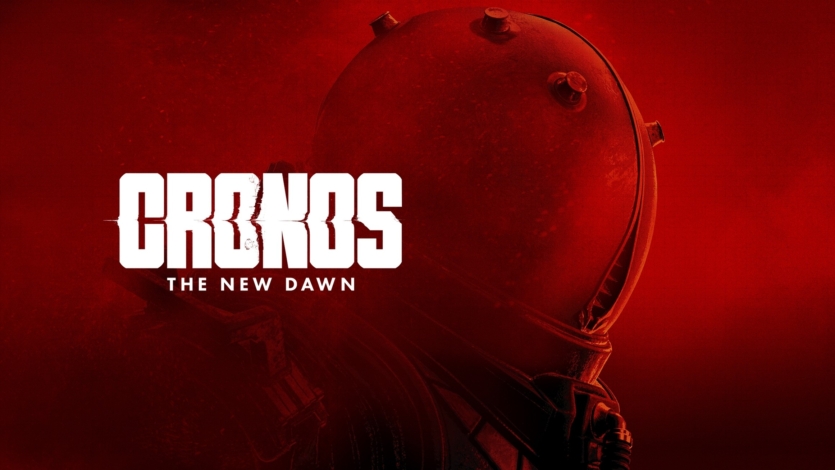
Cronos: The New Dawn — is an attempt by Bloober Team, a studio known for its love of psychological horror, to expand horizons and immerse players in a world where the past and future are intertwined in an eerie loop. The game was released on September 5, 2025 and immediately attracted the attention of both fans Silent Hill and Dead Space, and those who like survival-horror with a European twist. But is this really a “new dawn” for the genre, or is it just another foggy corridor where familiar darkness awaits you?
Content
- 1 The plot and atmosphere of Cronos: The New Dawn
- 2 Gameplay and mechanics of Cronos: The New Dawn
- 3 Emotional experience and uniqueness of Cronos: The New Dawn
- 4 Visuals and technical condition of Cronos: The New Dawn
- 5 Comparison with other games and identity crisis Cronos: The New Dawn
- 6 Prisec of Cronos: The New Dawn
The plot and atmosphere of Cronos: The New Dawn
Bloober Team has always relied on the psychological component, and Cronos is no exception: The New Dawn is no exception in this sense. The story takes place in two dimensions — the post-apocalyptic future and the gloomy Poland of the 1980s, where the world has already experienced a catastrophe called, not social communism, but something with a Twelve Monkeys or Blade Runner vibe.
At the center of the story is the mysterious Traveler, or rather the Traveleress, an agent of the Unification organization who is tasked with traveling through time. Her goal sounds simple: to find the source of the changes and stop the spread of the threat. But as always with Bloober, the simplicity is full of symbols, metaphors, and “extra” psychological shadows.
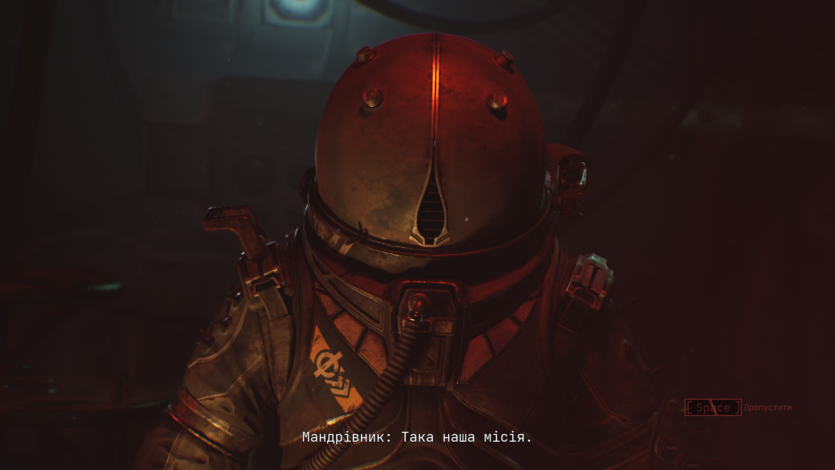
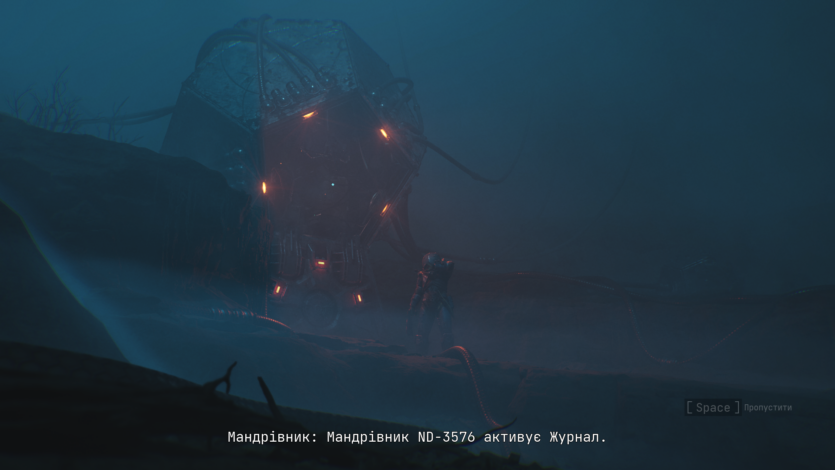
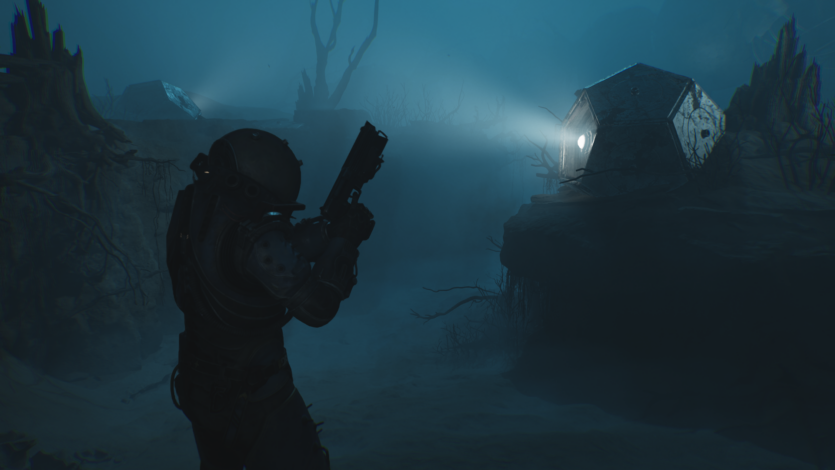
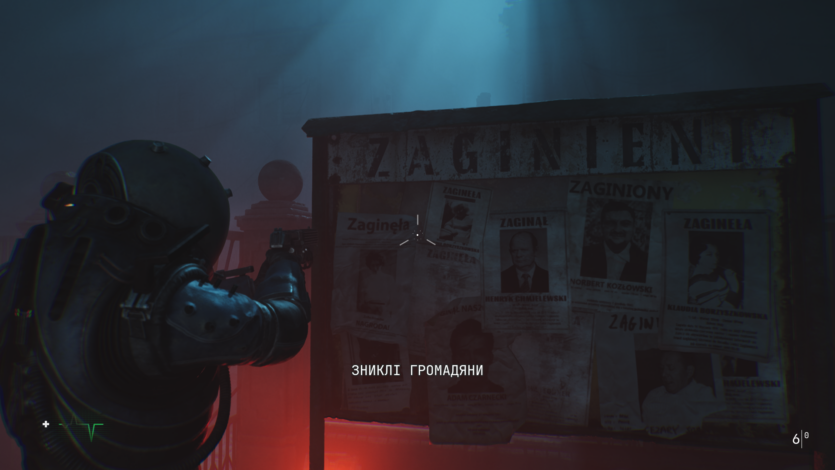
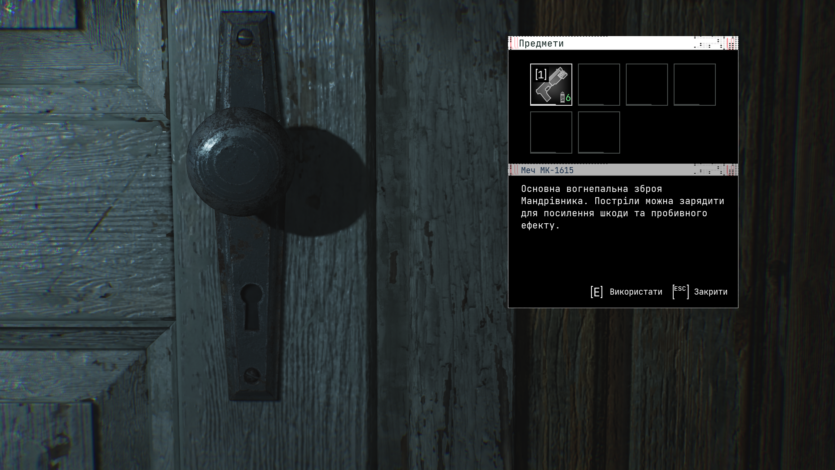
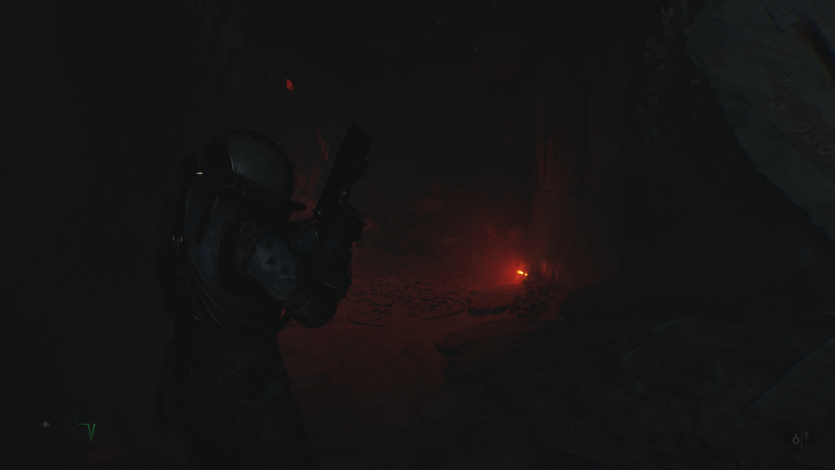
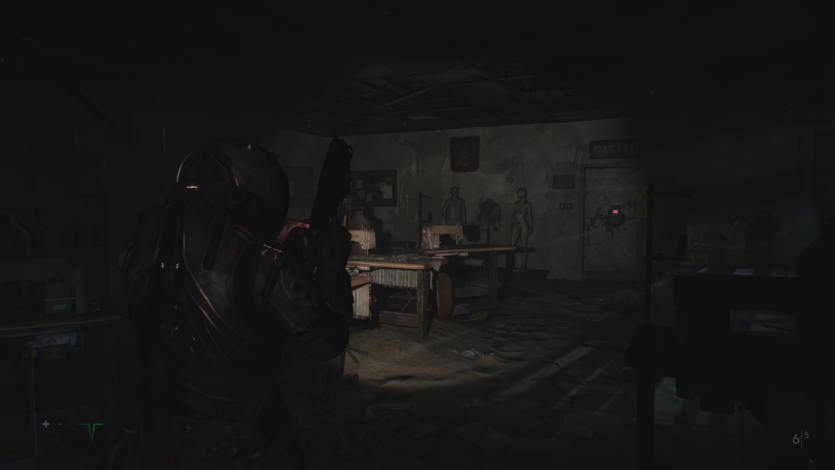
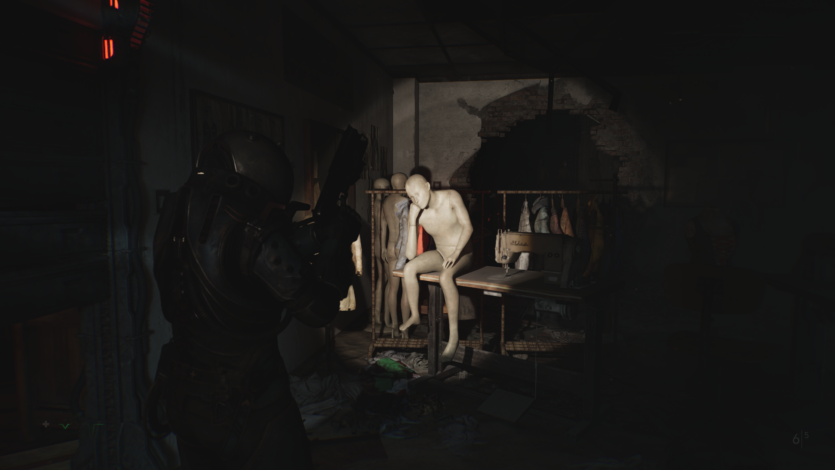
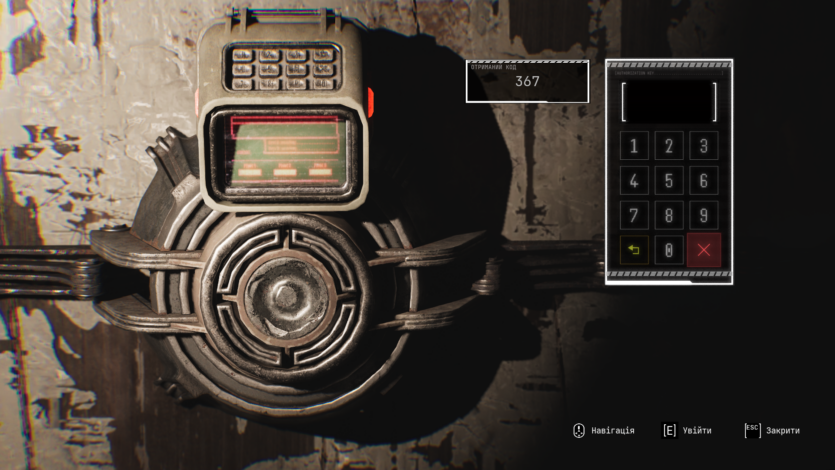
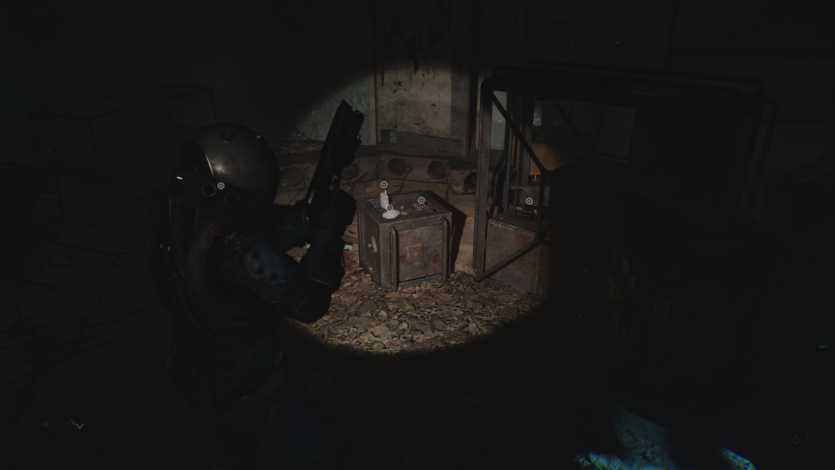
From the very first minutes, you can feel that the developers have put a lot of attention into the world. The locations of Cronos: The New Dawn are living, or rather dead, witnesses of the past. Hospitals, steel mills, laboratories, old abbeys. All of this breathes Soviet brutalism and retro-futuristic technologies that look both familiar and alien. It’s easy to forget that you’re in a video game here: it seems like you’re really standing among concrete corridors, where the air smells of dust, chlorine, and mystery.
The atmosphere of Cronos: The New Dawn is balanced between historical allusions and fictional horror. Poland of the 80s in the game is a meta-commentary on the era: totalitarian control, fear of the unknown, and the feeling that everything can go wrong at any moment. Bloober has clearly tried to combine national memory with a global context, and in some places it works perfectly, adding authenticity to the game.
The narrative is based not only on dialogues and cutscenes, but also on documents, notes, and graffiti on the walls. As in Silent Hill 2, the environment appears as an independent character that tells a story without words. However, unlike the “American” horror, the tone here is noticeably Slavic: instead of mystical fogs, it’s heavy concrete, instead of ghosts, it’s human fears woven into everyday life.
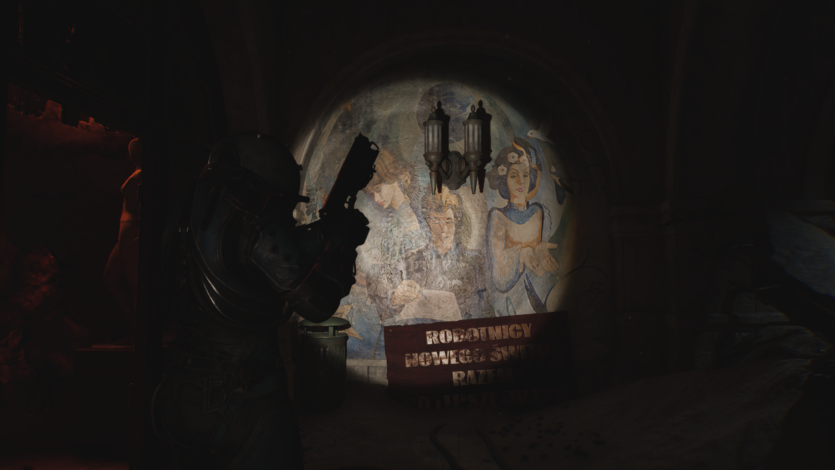
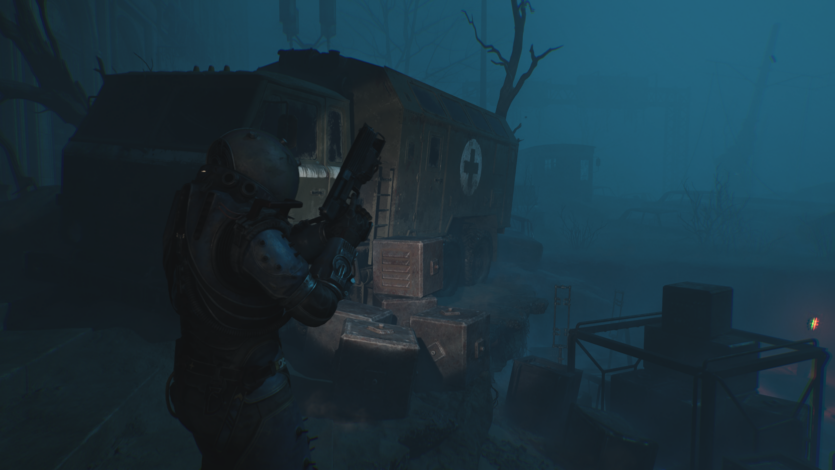
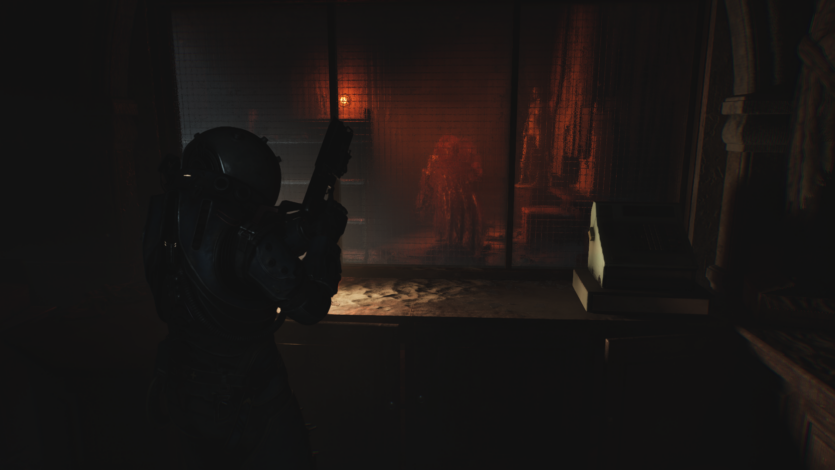

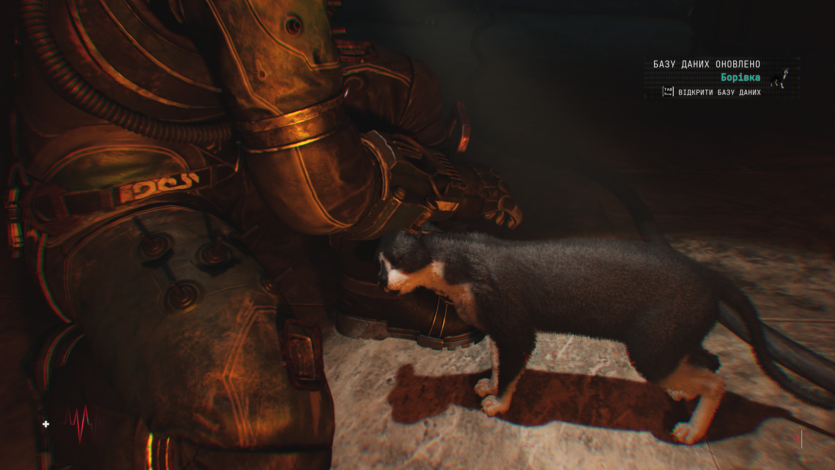
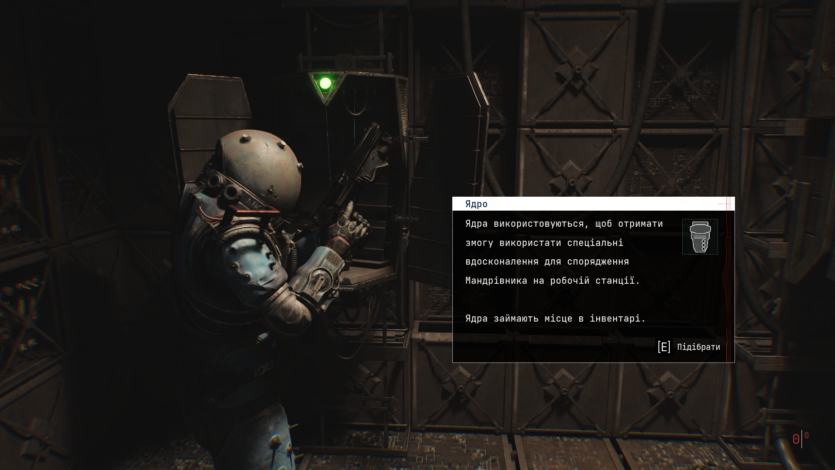
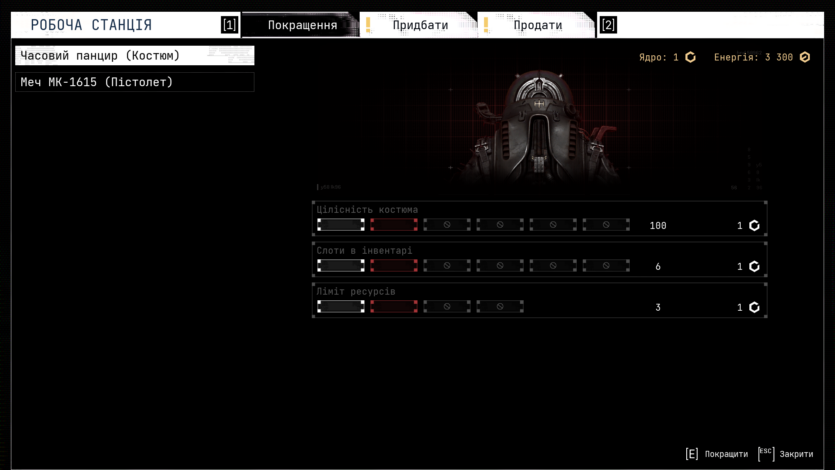
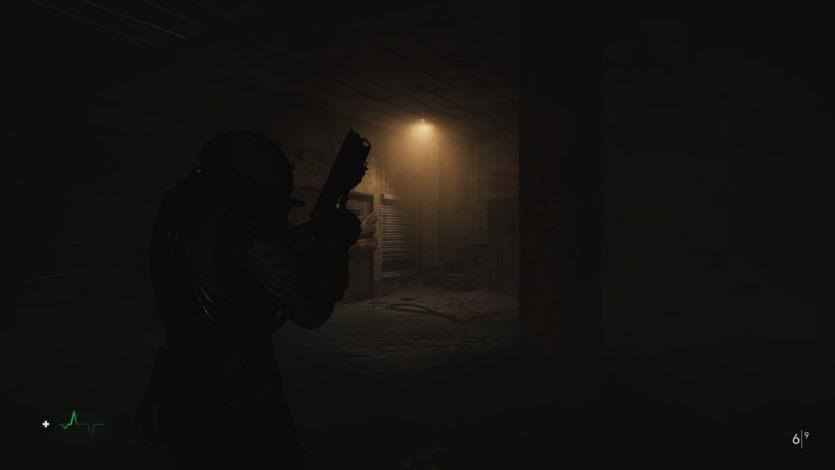
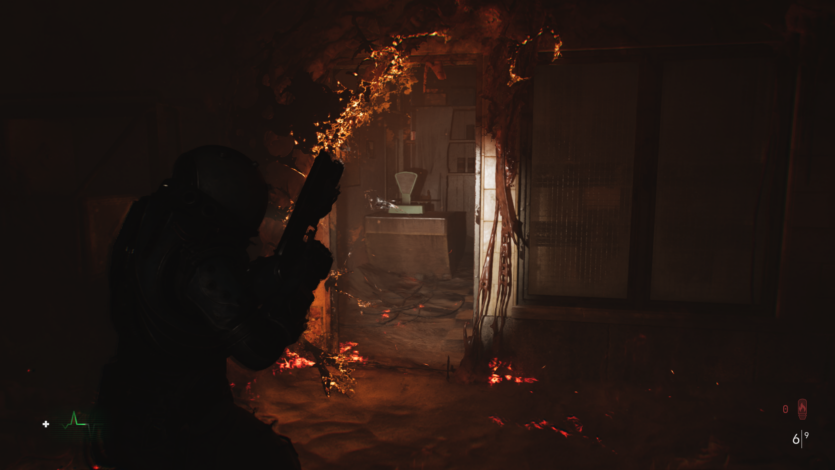
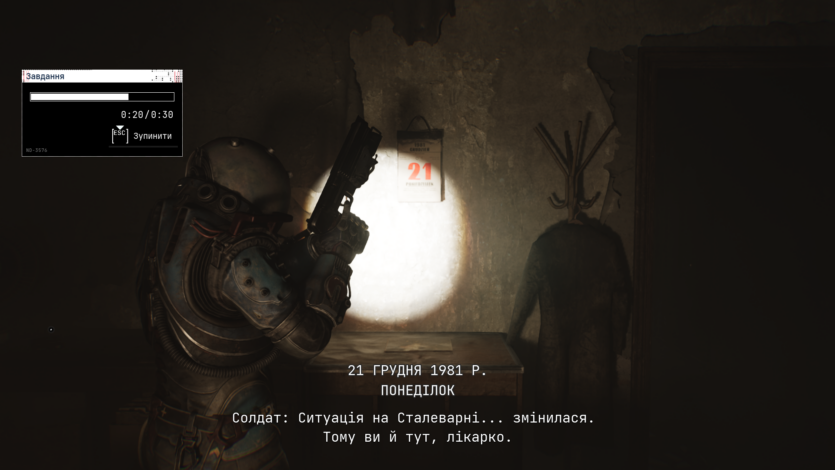
However, there are also bright spots in this gloom, or rather fluffy spots. Although cats are not the main characters in Cronos: The New Dawn, cats are not the main characters, their appearance in some locations adds unexpected warmth and liveliness… and nice bonuses. The little furry travelers remind us that even in gloomy worlds, there is always a place for life and small pleasures.
The plot centers on the conflict between survival and morality. The traveler can collect souls — entities that give the player a certain bonus, but each such act leaves a psychological scar on her. This creates a dilemma: are you ready to become stronger at the expense of someone else’s life? But no, this is pure SGBV. We cross it out. And although the mechanic itself is not always perfectly implemented, it works perfectly as a plot tool.
Another important touch of Cronos: The New Dawn is time travel. Thanks to this, the player feels progress in the knowledge of the world, even when he physically walks the same corridors. It’s annoying but also addictive: you want to understand where this world broke down.
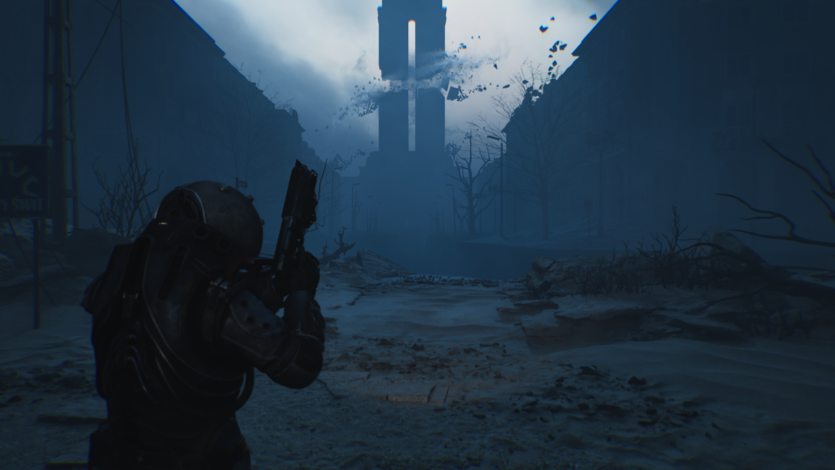
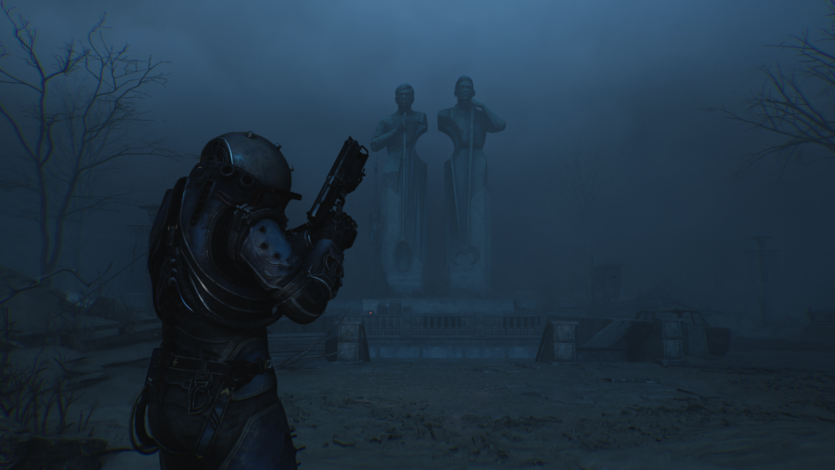
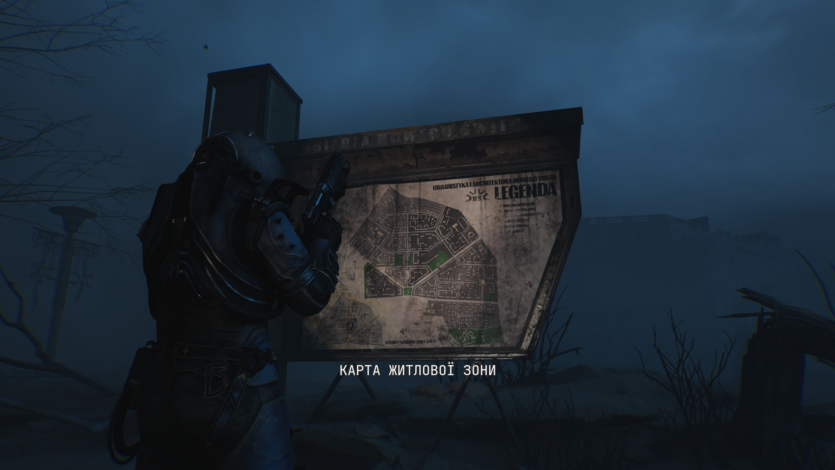
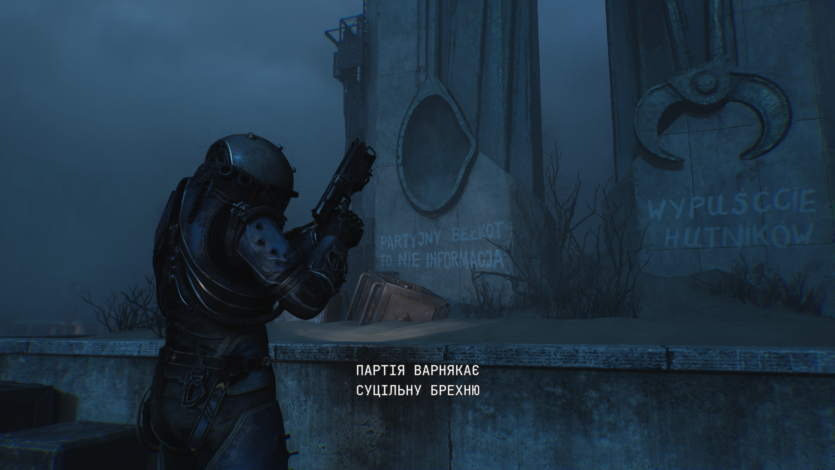
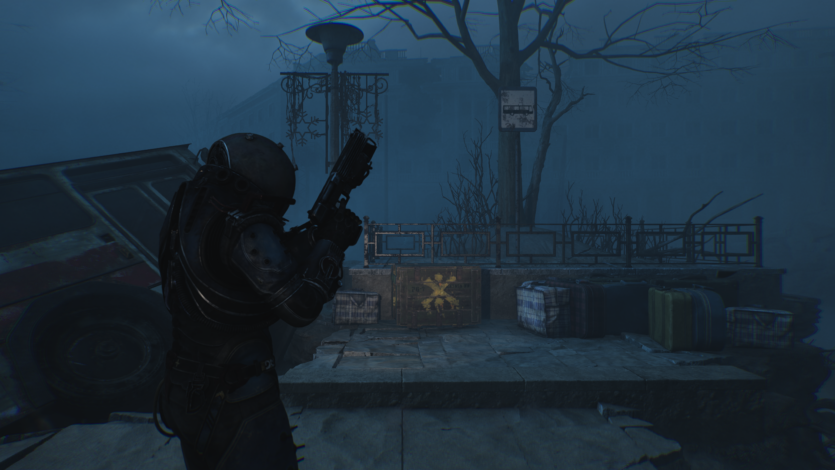
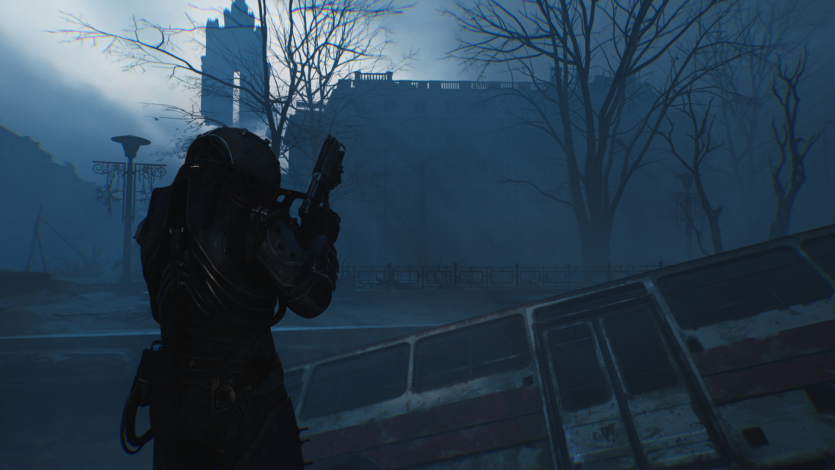
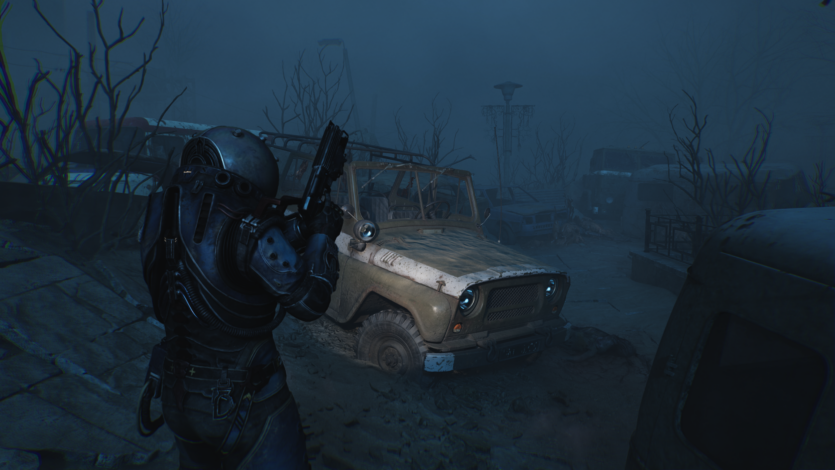
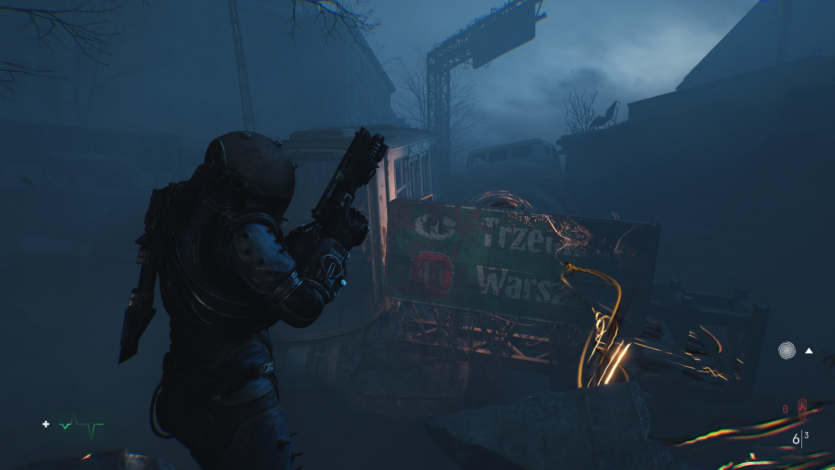

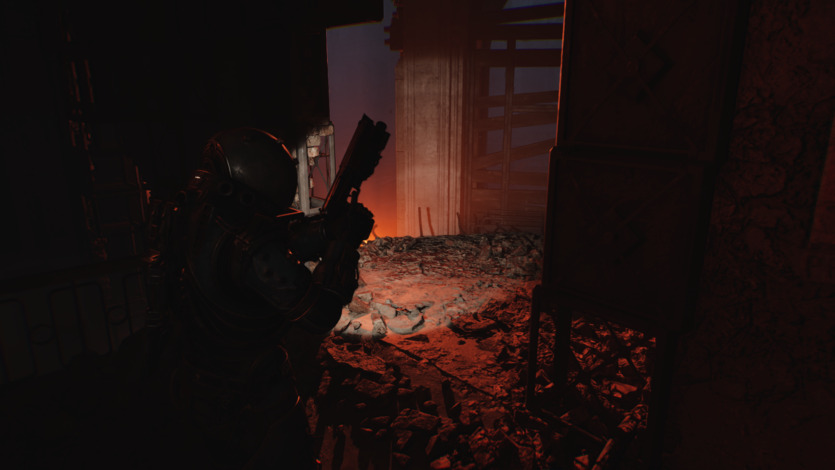
However, not everything is smooth sailing. Some people may find the story too overloaded with symbolism and metaphors, which can easily be mistaken for a mess. Bloober traditionally sins by trying to say everything at once, and sometimes it turns the narrative into a continuous tangle. Some would call it depth, others would call it chaos.
The atmosphere of Cronos: The New Dawn holds a strong hold. The gloomy world, musical accompaniment, and elaborate architecture make you feel like you’re really in a familiar but alien reality.
And, finally, the main thing is that the plot here is still more of a “ticker-tape”. It does not force you to ask questions about the past, the future, or your own choices. Although the final answers may not seem convincing to everyone, the path to them is worth the journey.
Gameplay and mechanics of Cronos: The New Dawn
If the story in Cronos: The New Dawn resembles a heavy dream with symbols, the gameplay is more like a nightmare, where you constantly look back at the remaining resources and count bullets with horror. In the best traditions of the survival-horror genre, you’ll have to fear not only monsters, but also your inattention: too often a simple passage through a corridor ends with your pocket empty, and a vermin lurking ahead, requiring not just a few well-aimed headshots, but something more.
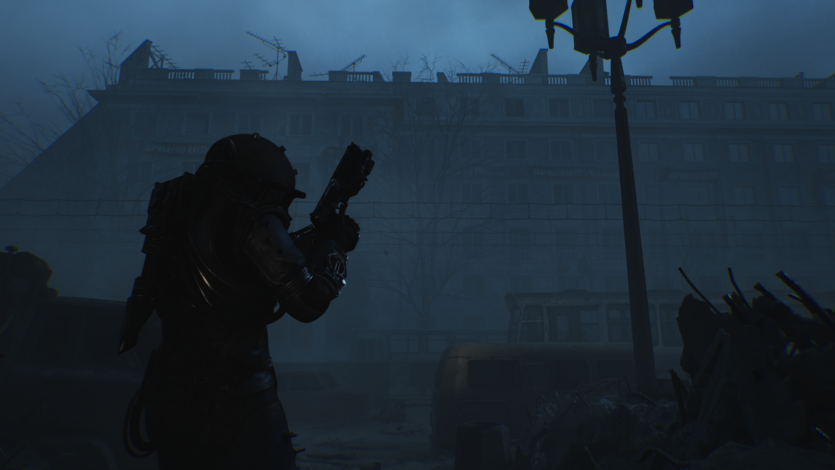
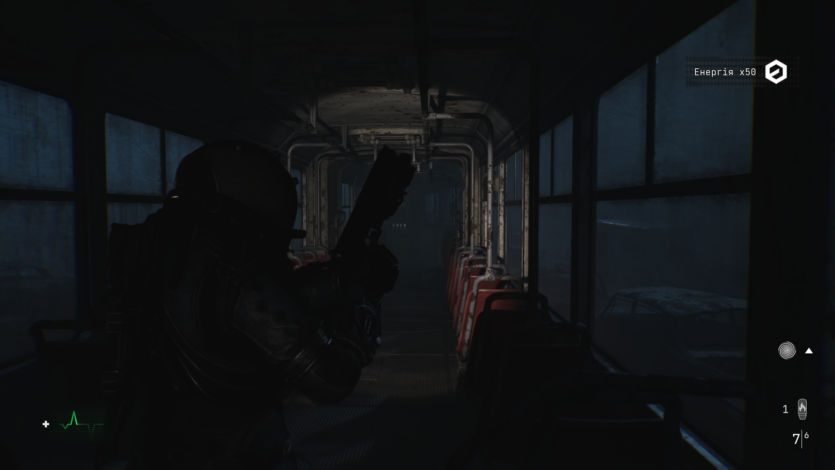
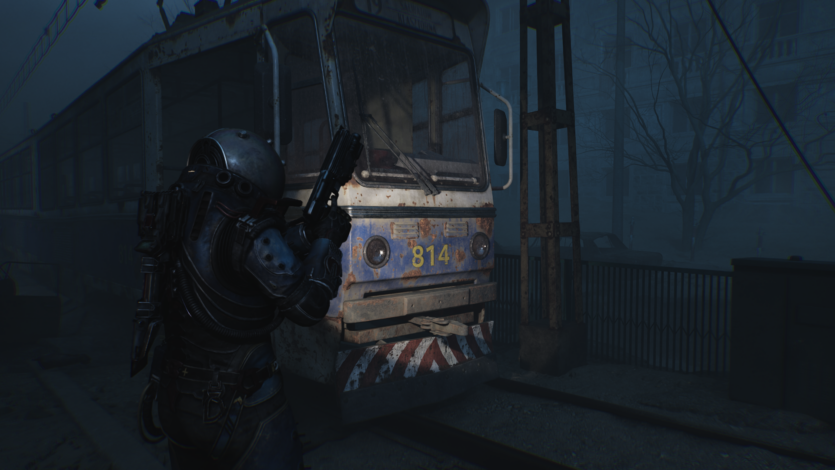
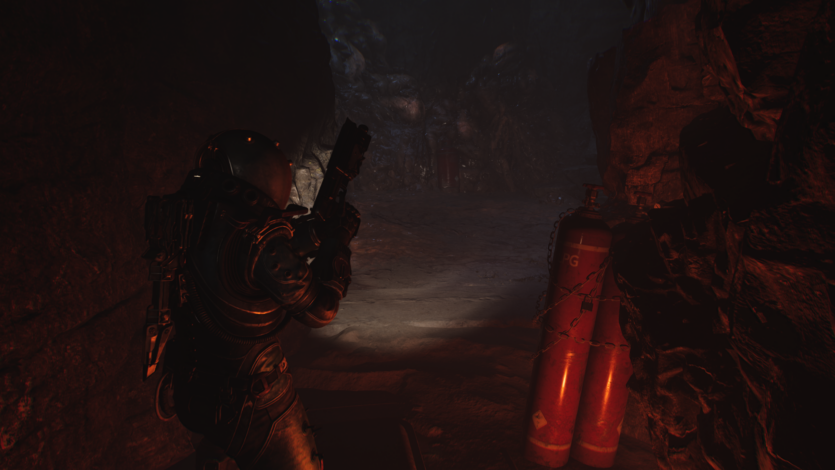
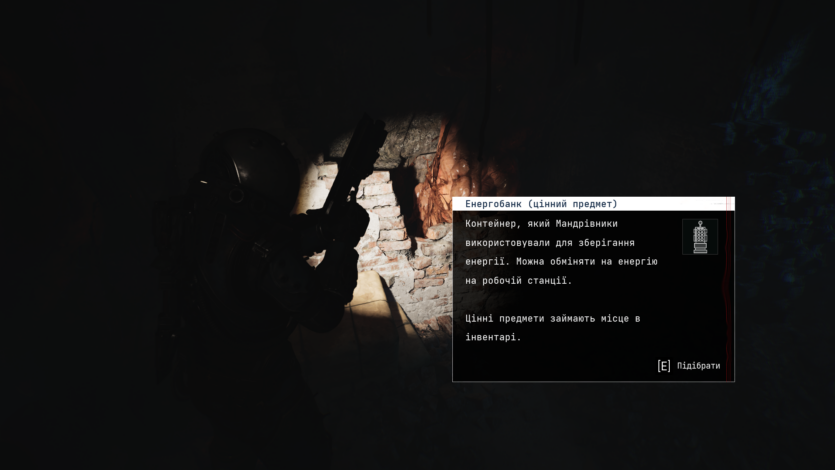
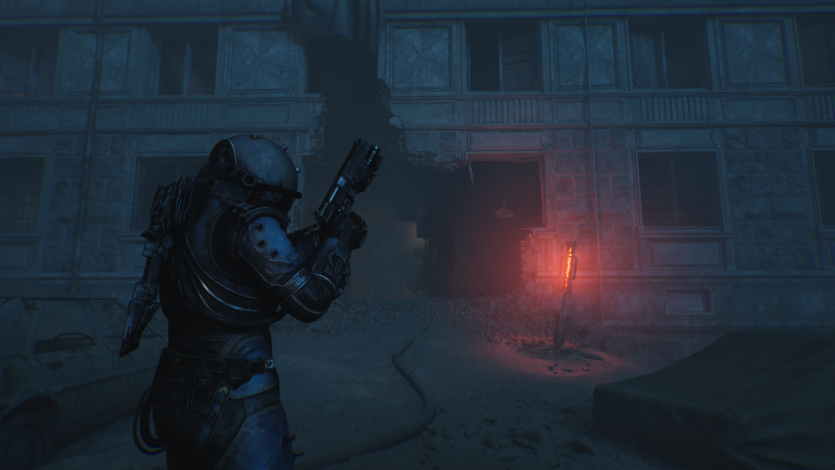
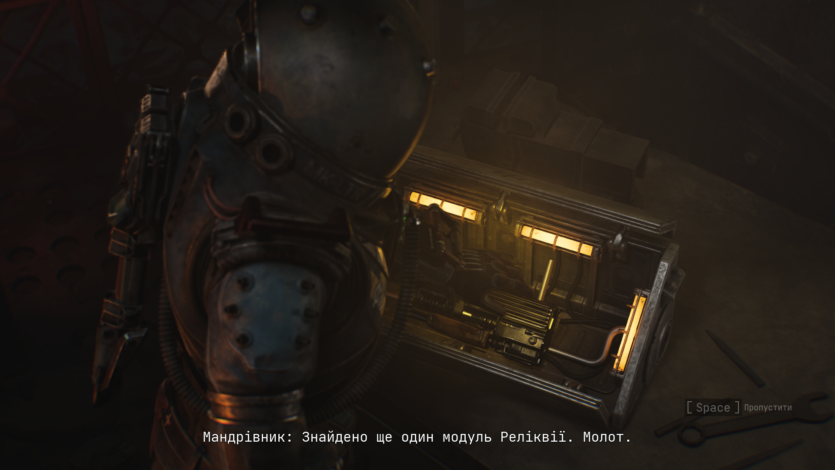
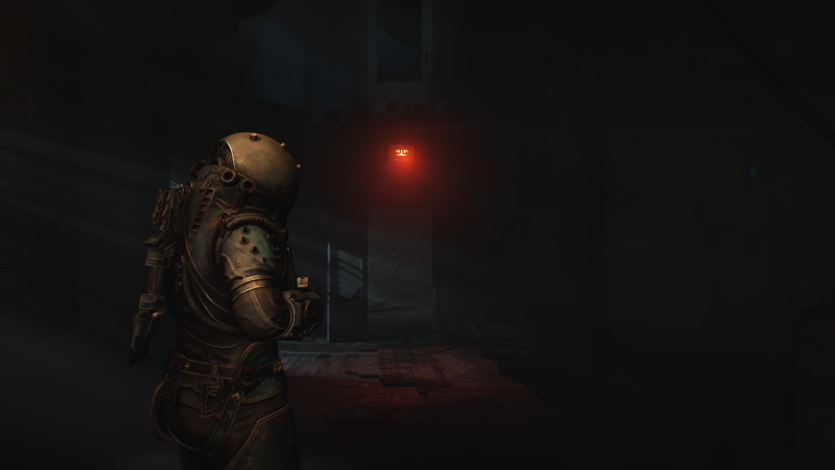
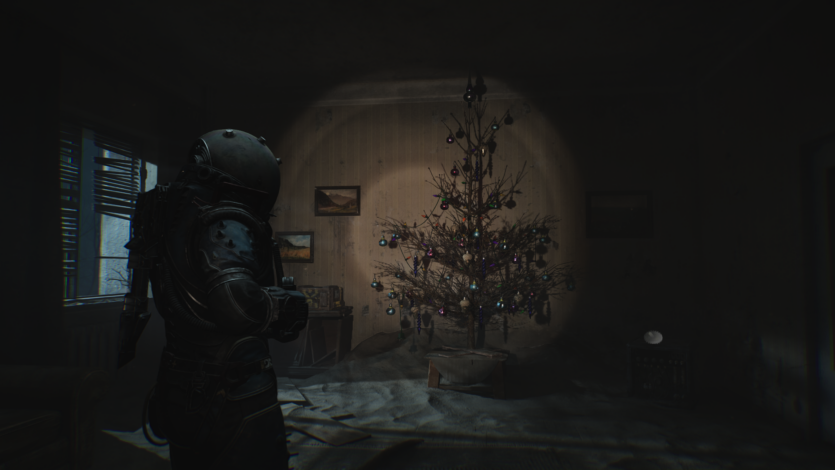
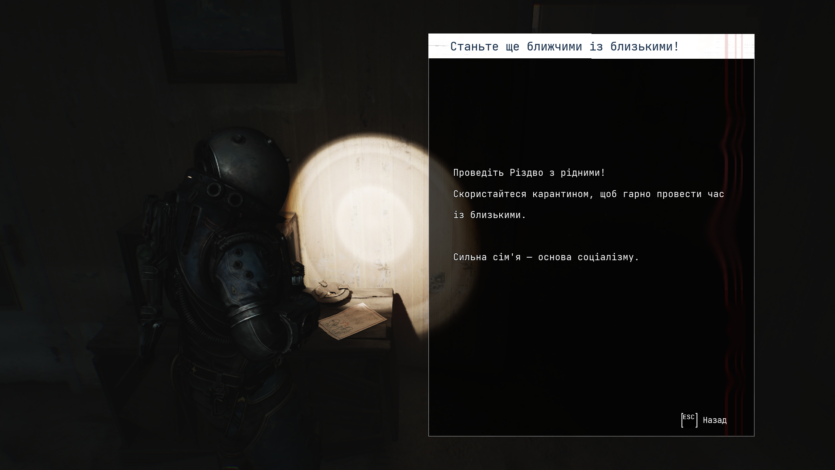
The authors tried to rely on fire. And this is not a metaphor: it is desirable to finish off enemies with flames, because otherwise they can merge with corpses and return in a more terrible form. But it doesn’t always work, because by that point I had already managed to arrange a real masakra for the local fauna. What makes it effective is that it numbs the enemies for a few seconds, which gives us precious time.
Thanks to this, Cronos: The New Dawn adds an additional level of tactics. The environment becomes a survival tool. Explosive barrels, incendiary traps, narrow corridors — everything can be used against enemies. This is reminiscent of the good old days when the player had to be creative, not just mindlessly shoot towards aggressive biomass.
As for the combat — it’s noticeably “heavy”. The traveler moves slowly, attacks have a noticeable inertia, and the lack of classic dodges or parries can be confusing for fans of modern soulslike games. But it’s not a coincidence: the game tries to make you feel the hero’s weakness and fragility. In a suit that Thomas Zane would envy, yes. But it’s not about spectacular rolls, it’s about desperate attempts to survive with what you have at hand.
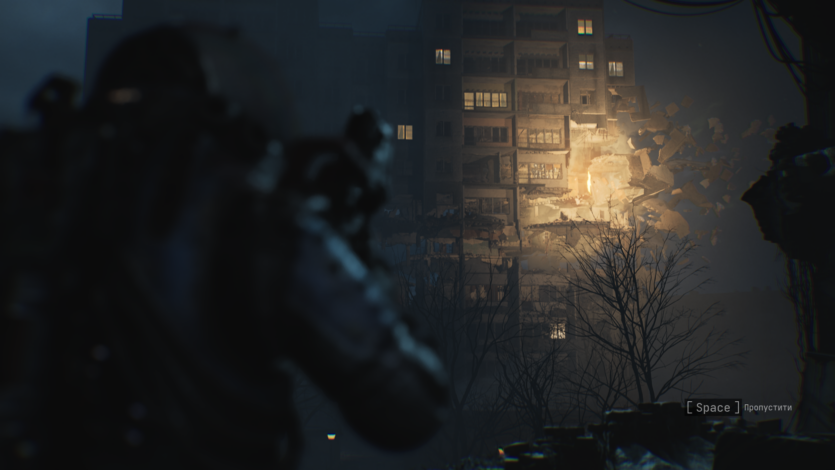
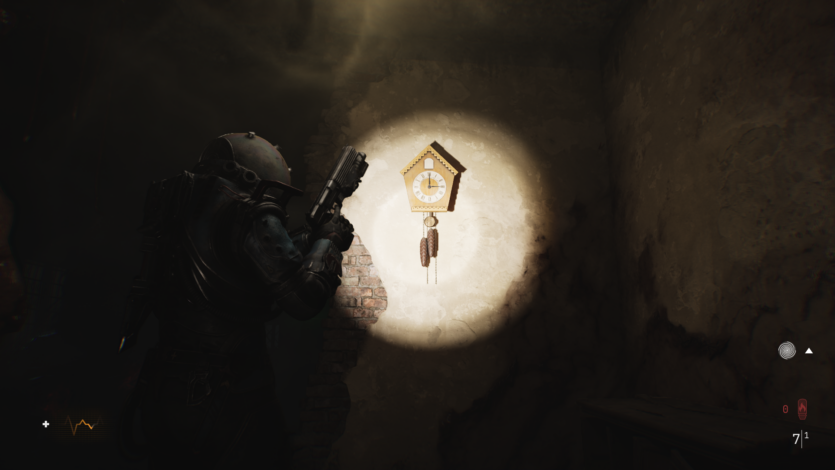
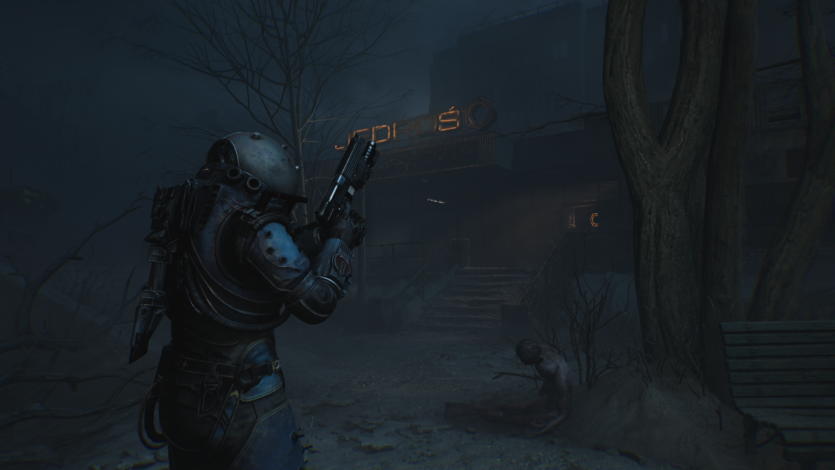
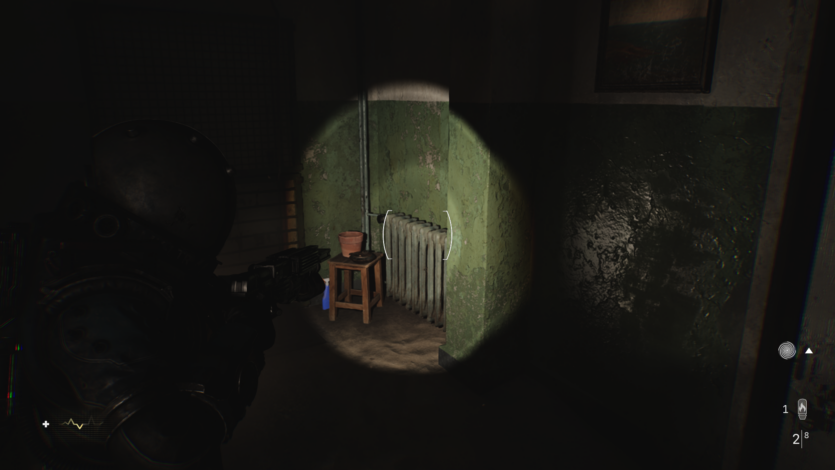
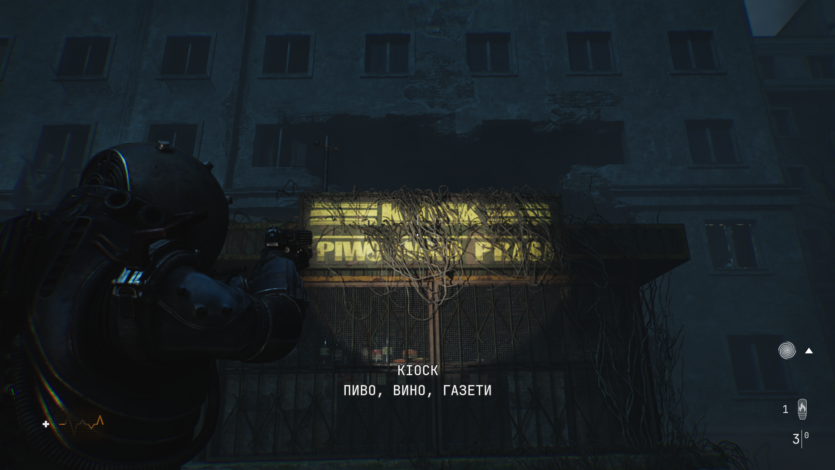
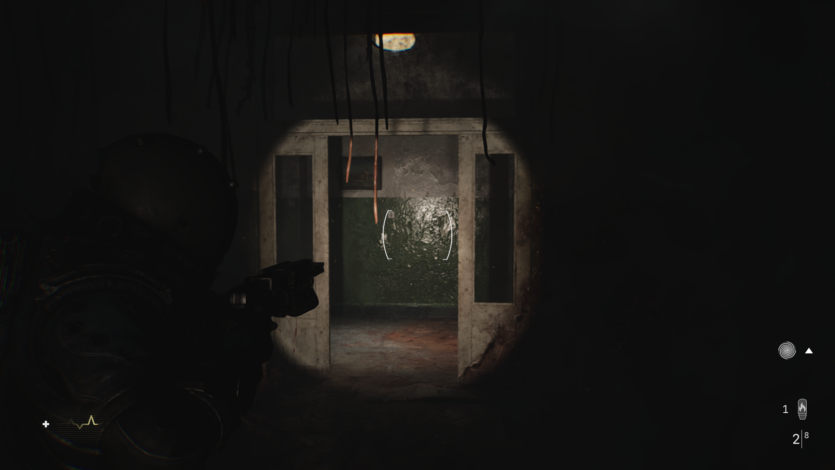
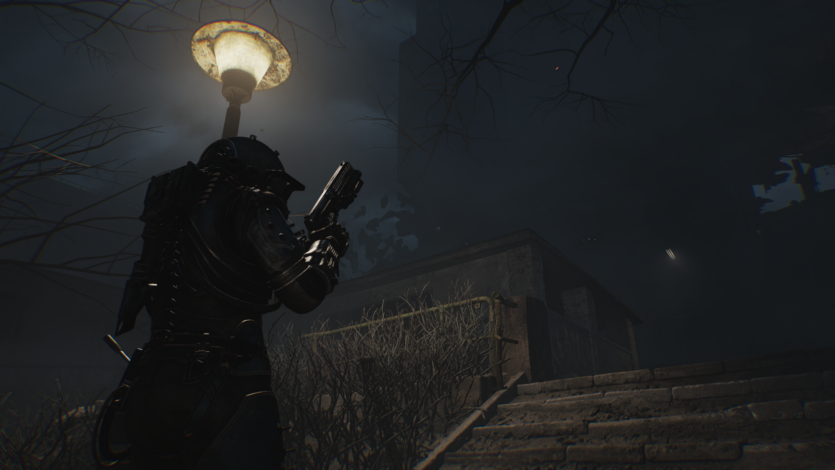
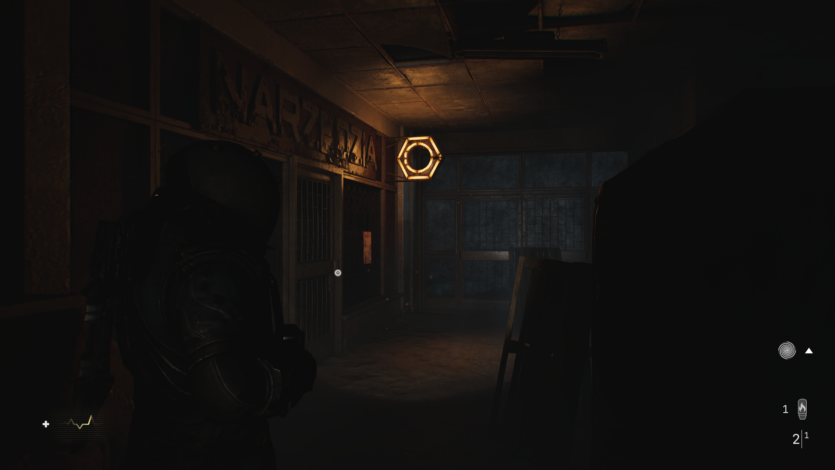
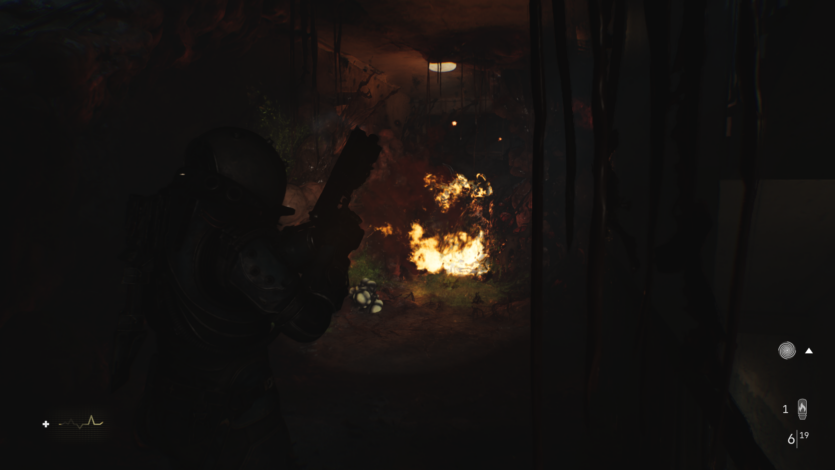

However, not everyone will like this philosophy. Sometimes the controls really feel wooden, and the moment when you die not from the terror of the enemy but from clumsy animation causes irritation rather than fear. This is the point where realism starts to harm the gameplay.
The inventory system is traditionally limited, and this increases the tension. You can’t carry too much, so you have to choose between a first aid kit or additional ammunition, resources for the flame, or a bolt cutter. The game reminds us that true survival is not only about fighting, but also about management.
The complexity balance of Cronos: The New Dawn is controversial. There are players who feel the thrill of every bullet, and there are those who are ready to throw the monitor out the window after the third death in a row. The autosave system also adds fuel to the fire. Sometimes it saves the progress in such a bad place that it actually leads to a dead end. This looks like an artificial extension of the game, although perhaps this is exactly what the authors intended.
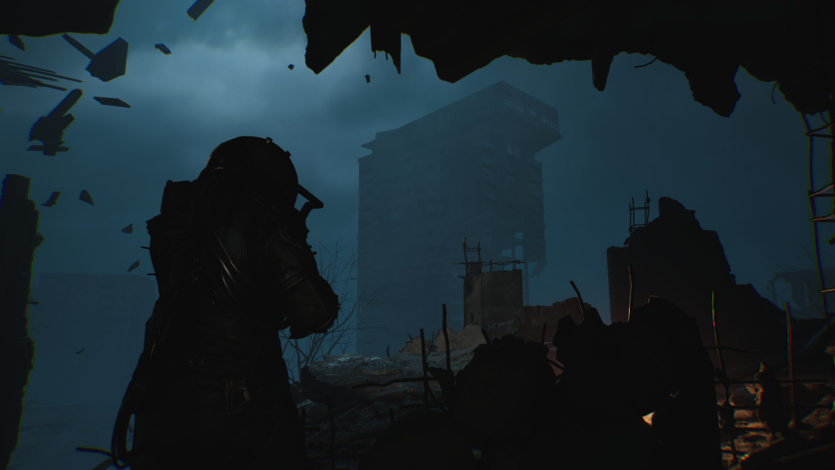
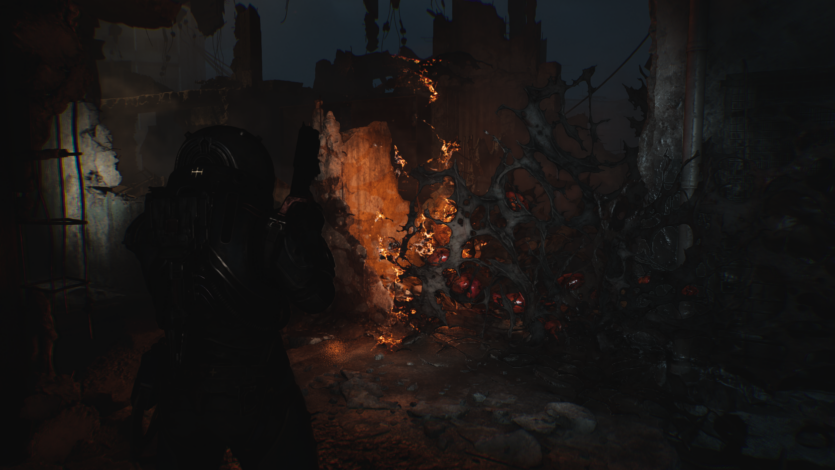
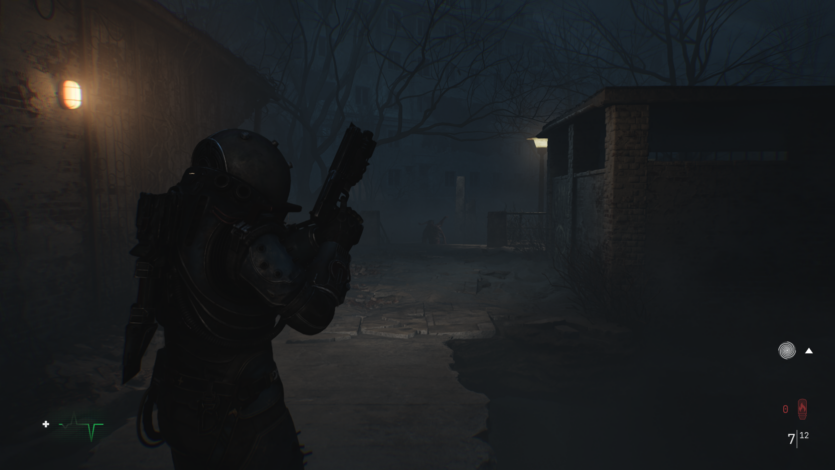
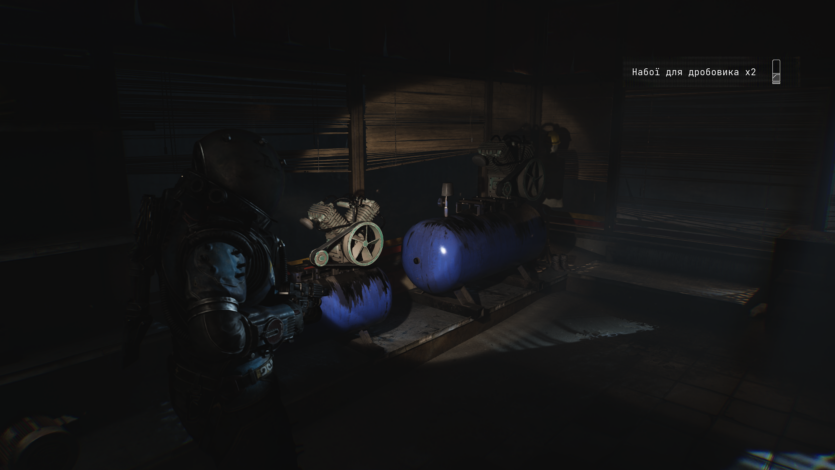
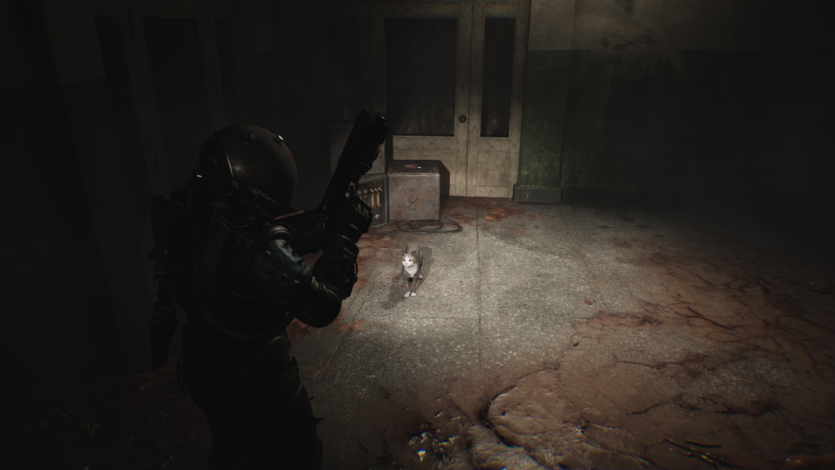
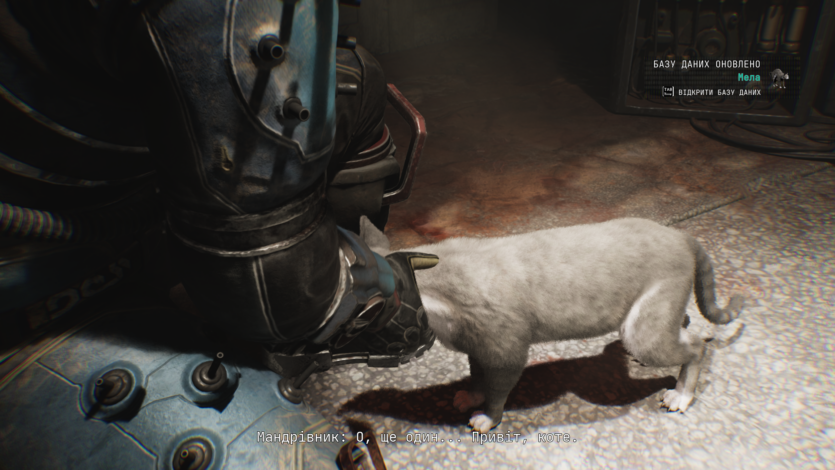
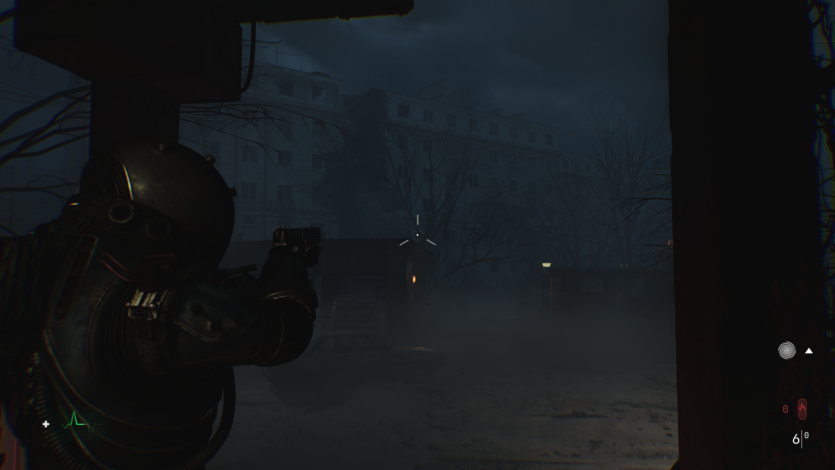
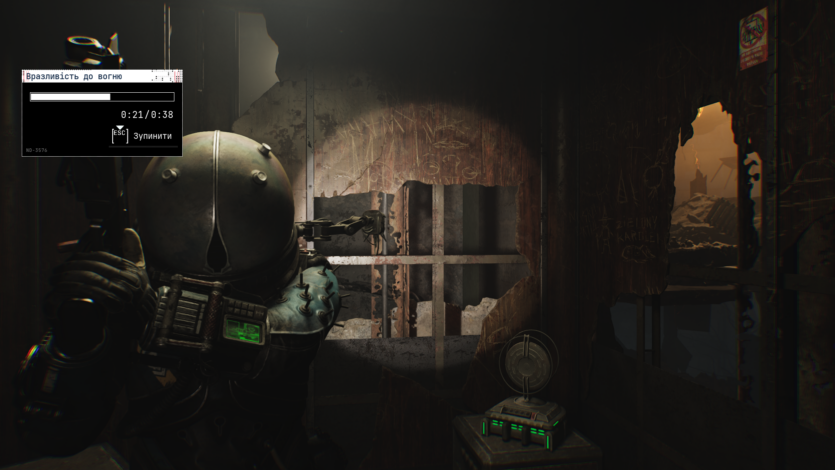
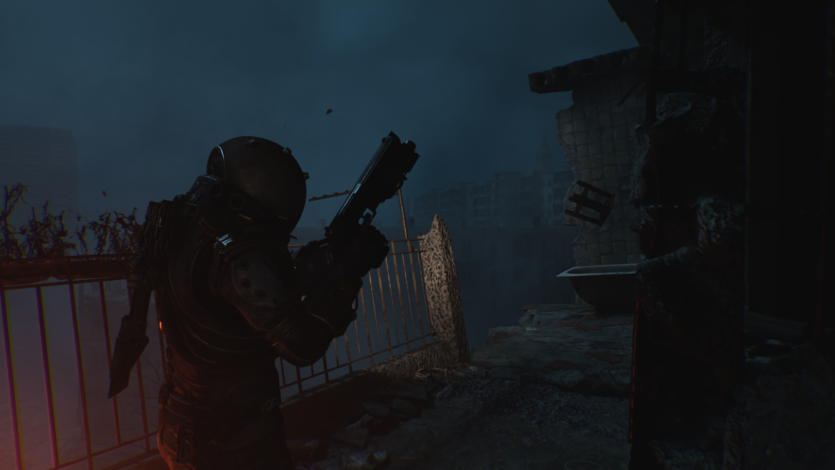
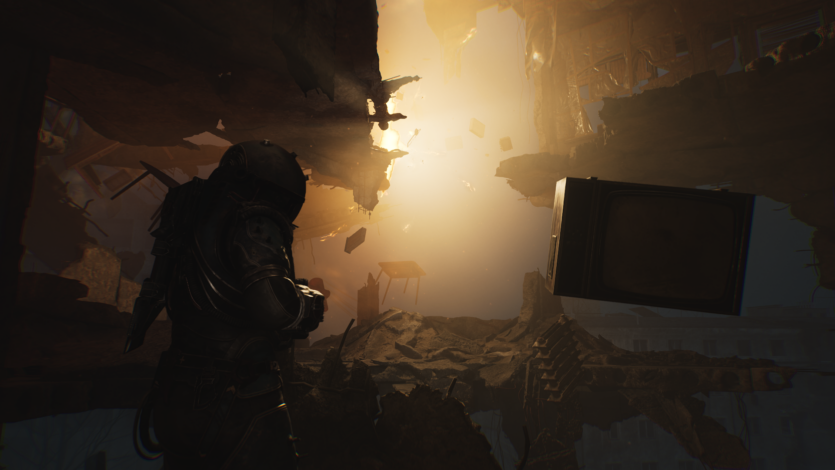
But we have to give — Cronos its due: The New Dawn does not try to suck up to the player. It’s not a shooter for everyone, but it’s an honest survival-horror where every step is difficult. There is a real sense of threat and the very sweat on your palms that has long been missing in the genre.
Emotional experience and uniqueness of Cronos: The New Dawn
The main gift of Cronos: The New Dawn is not the story or combat, but the feeling of a constant struggle with your own anxiety. There’s no Doomguy-style heroism, no powerful arsenals, no spectacular finishes. There is only you, fragile resources, and the realization that the system is always stronger.
This makes you approach the game as a test not only for the character but also for the player.
What makes it unique is that the authors are trying to combine classic survival-horror with philosophical overtones. The already mentioned mechanic of extracting souls (entities) and the moral dilemma associated with it shows that Cronos wants to be more than just walking through dark corridors.
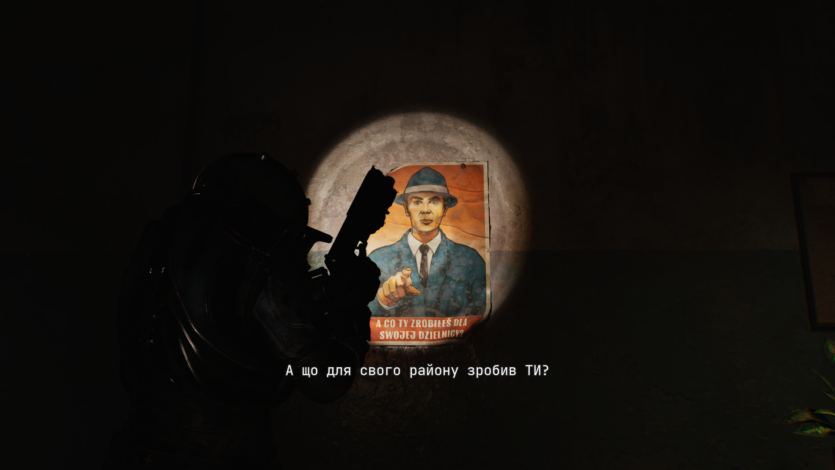
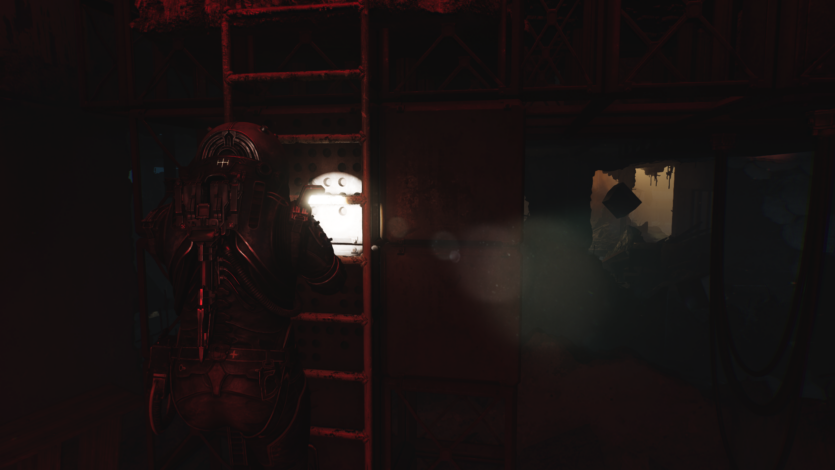
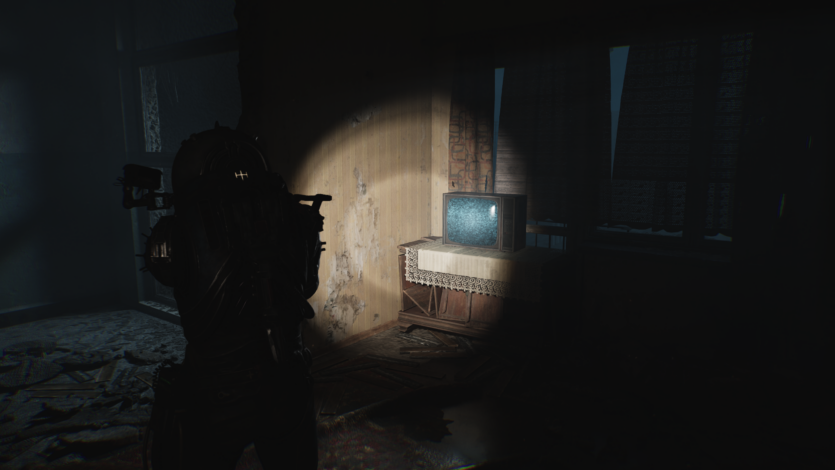
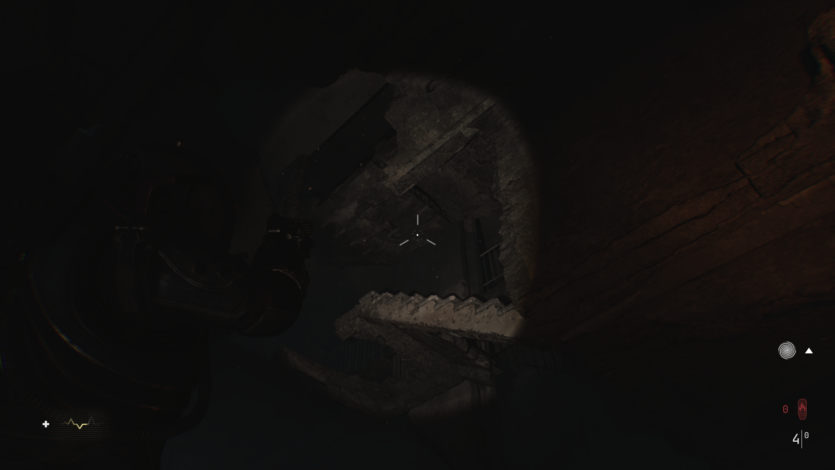
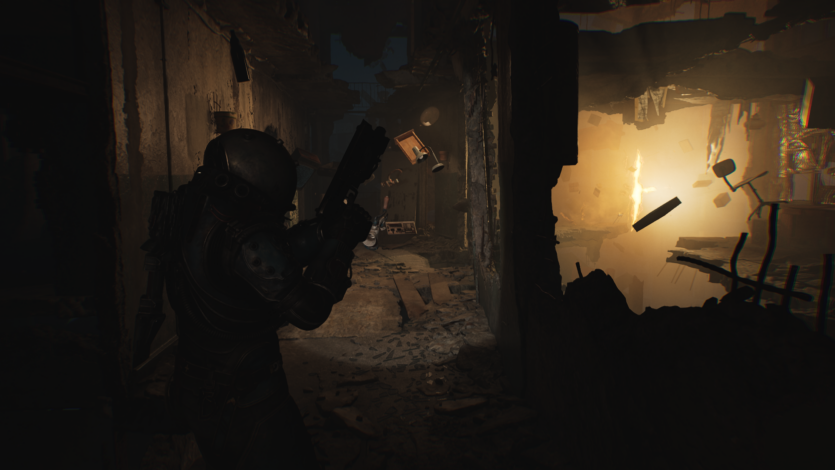
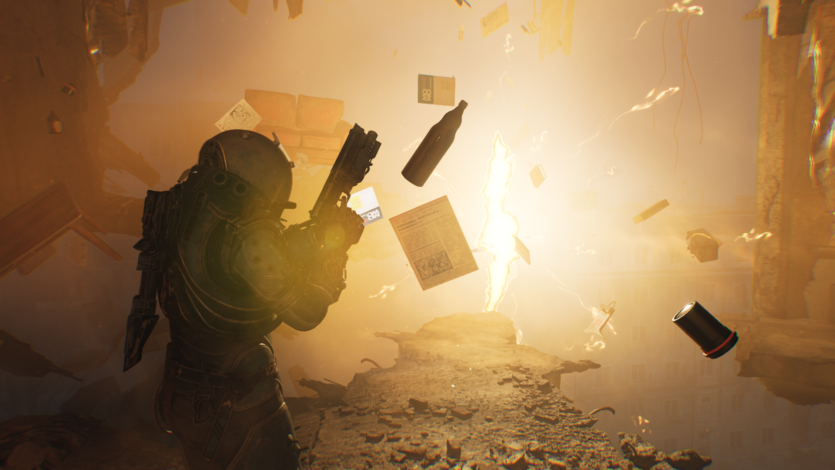
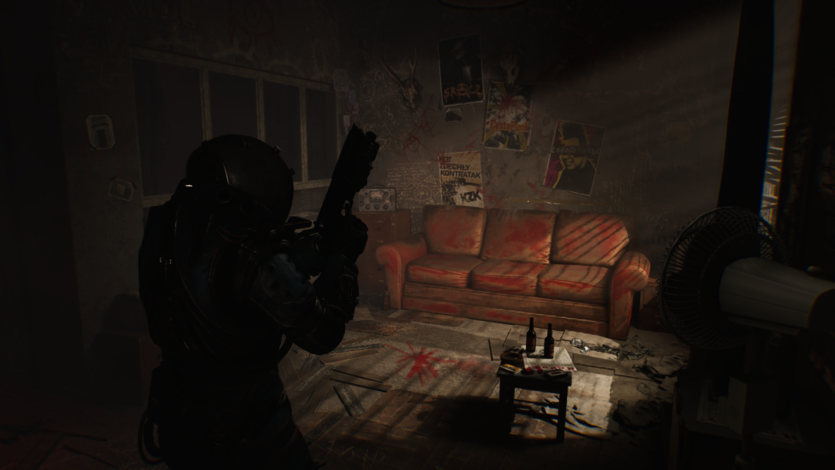
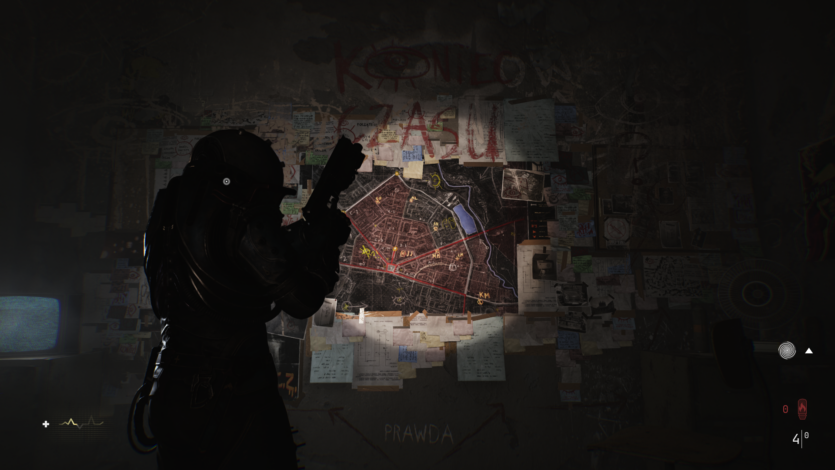

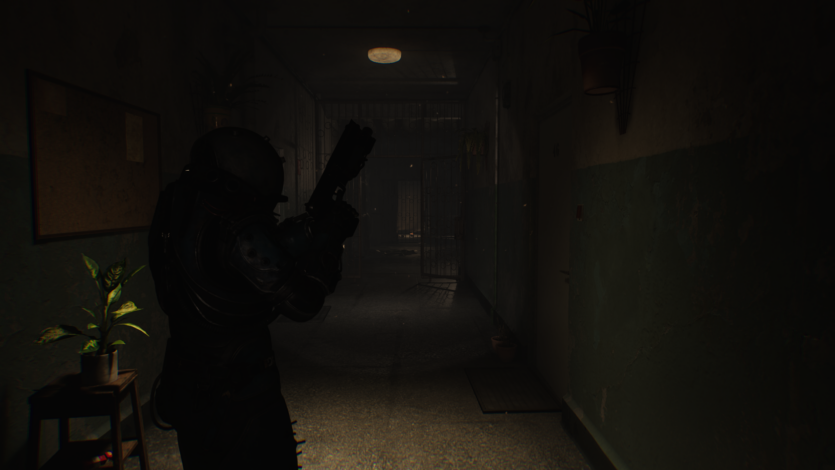
But of course, not all ideas work flawlessly. Some moments of Cronos: The New Dawn look cheesy, the balance is lame, and the technical problems sometimes kill the emotional rhythm. At the moment when you’re supposed to feel fear and powerlessness, you have to curse at friezes or crooked animation. And yet, even this doesn’t kill the overall feeling, but rather adds another layer of “dirt” to the atmosphere.
It is important to understand that Cronos: The New Dawn is not a game for a wide audience. It doesn’t try to be convenient, it doesn’t adapt to the player. This is a product for those who appreciate the tension and atmosphere, even if they have to endure some inconvenience. This is its strength and weakness at the same time.
The game makes you feel unprotected, and it does it better than most modern glossy horror. It’s rough, uncomfortable, sometimes even unfair — but that’s why it feels real. It’s like watching an old horror movie on VHS: technically weak, but it’s got a lot of spirit.
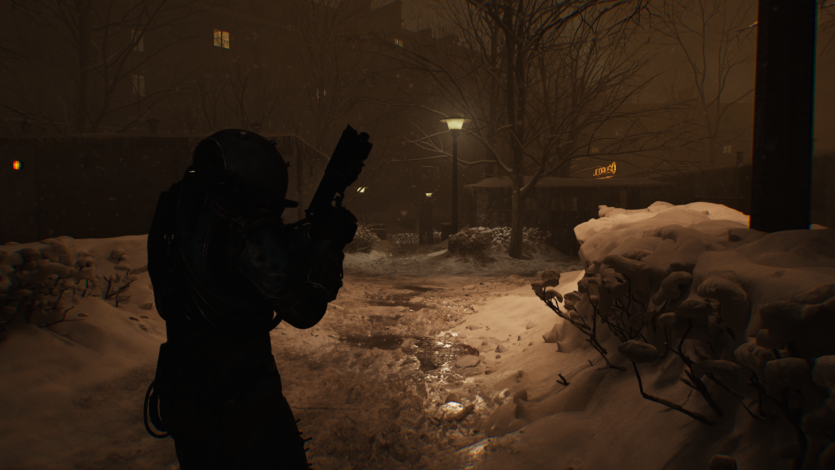
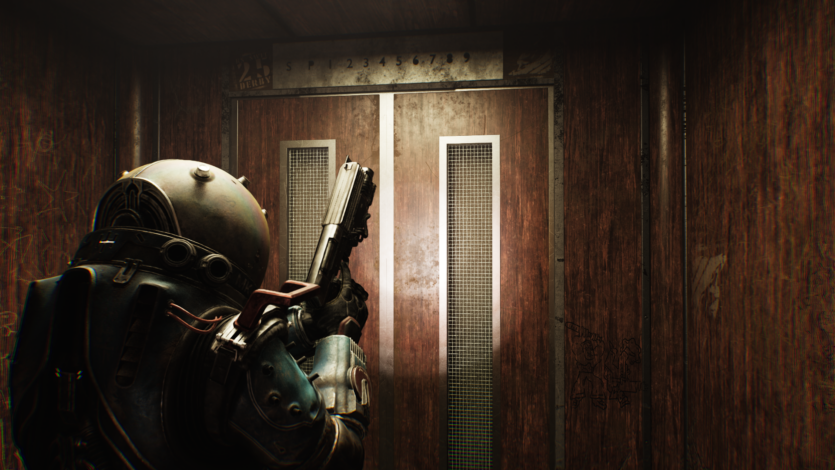
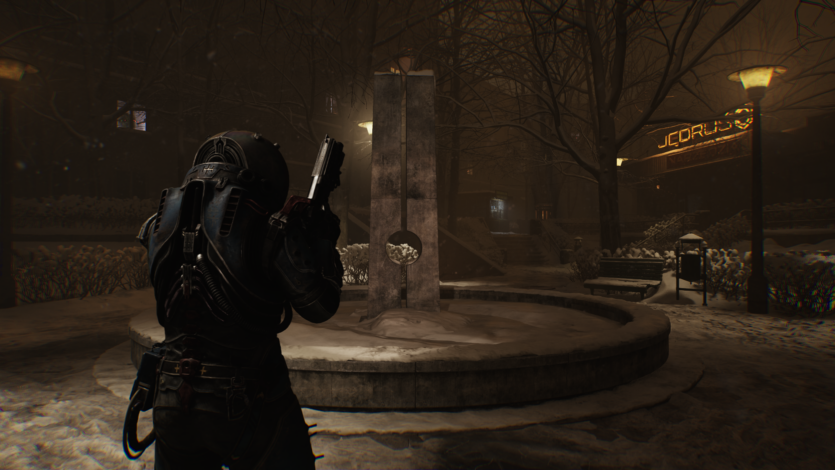
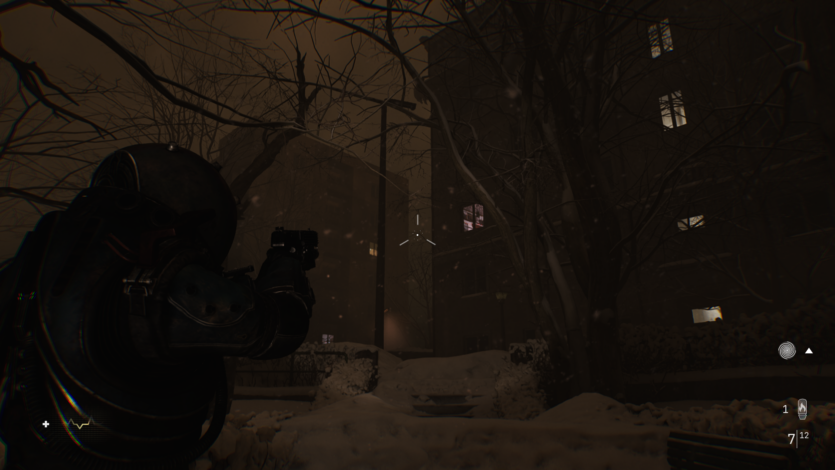
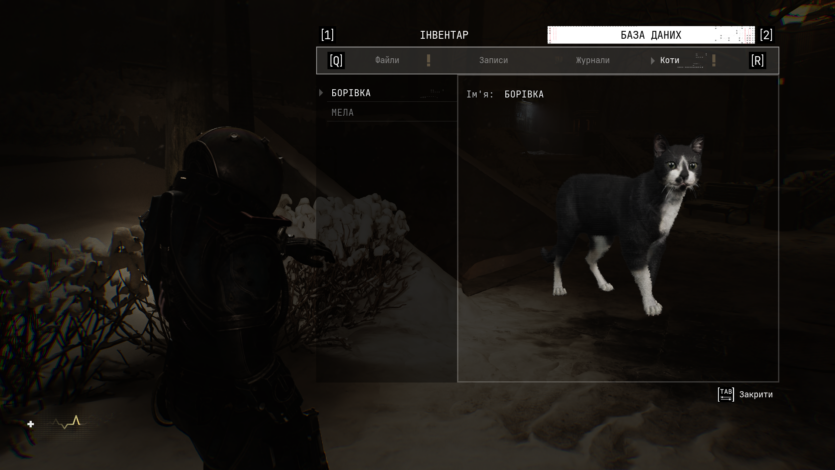

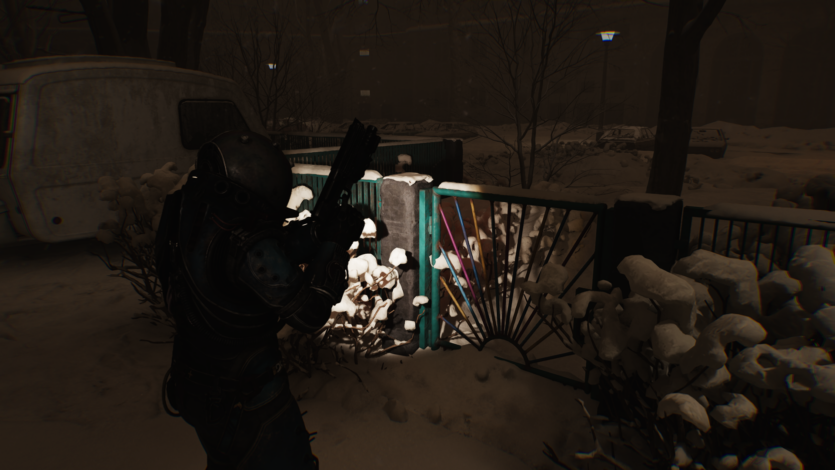
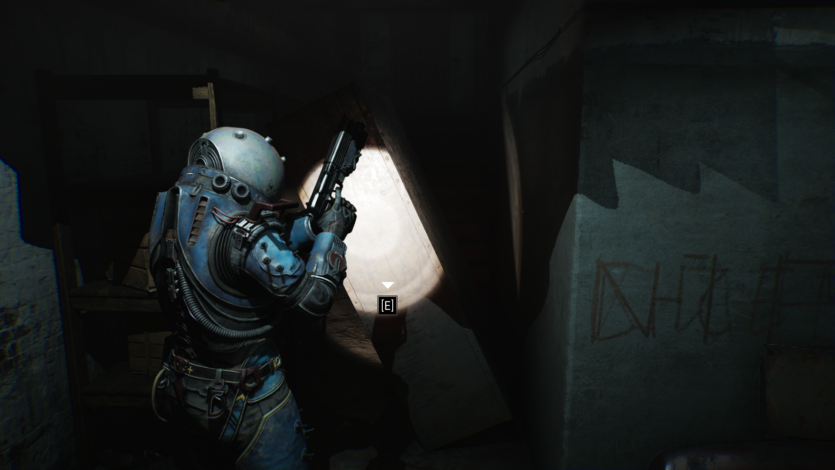
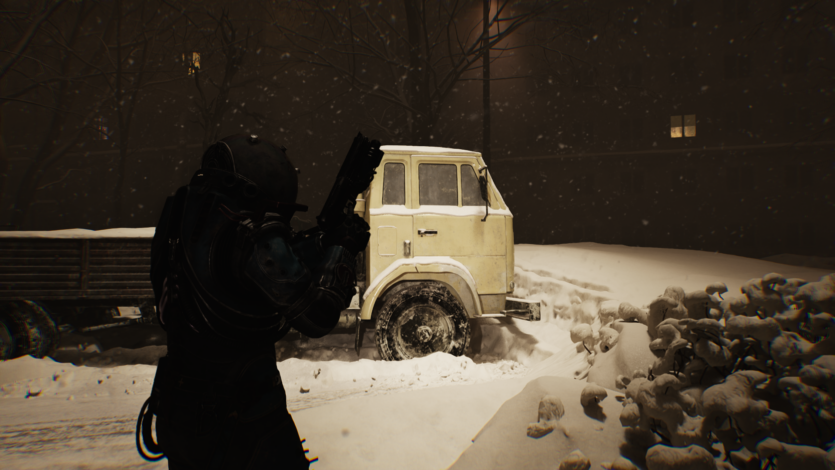
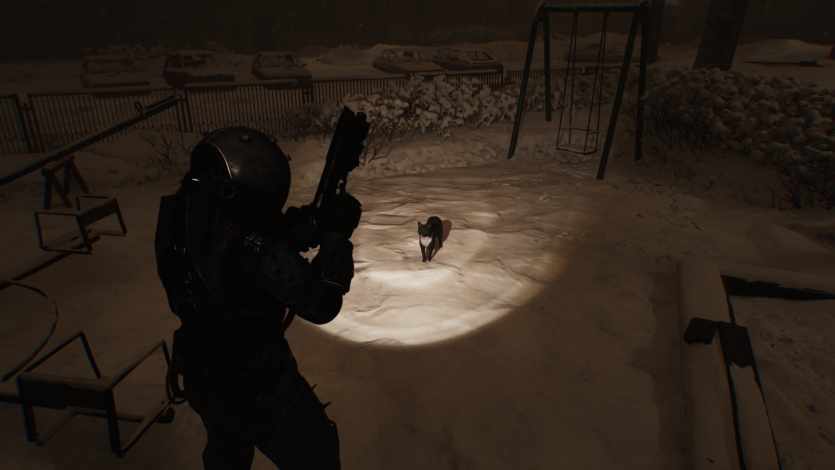
As a result, Cronos gives you a very peculiar emotional experience. If you want to remember what it feels like to be afraid of the dark and really take care of every bullet, then this game can theoretically give you more emotions than a dozen AAA projects.
Visuals and technical condition of Cronos: The New Dawn
The graphics of Cronos: The New Dawn immediately makes it clear: this is not a blockbuster with a budget of hundreds of millions. But it doesn’t matter. The style is presented as an atmospheric mix of retro horror and modern indie solutions. Narrow corridors and flickering lamps barely hanging on to the wires — all this creates the right aesthetic of decay. Here, the world doesn’t die beautifully, but rather rots slowly and unpleasantly, and this works even better for the atmosphere.
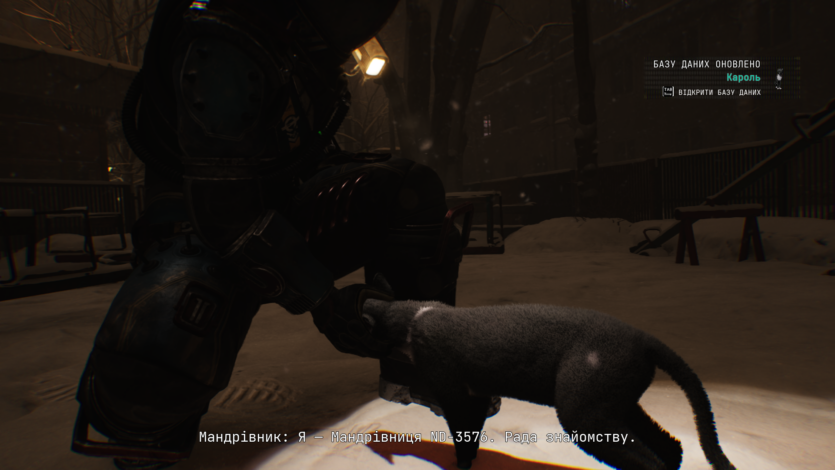
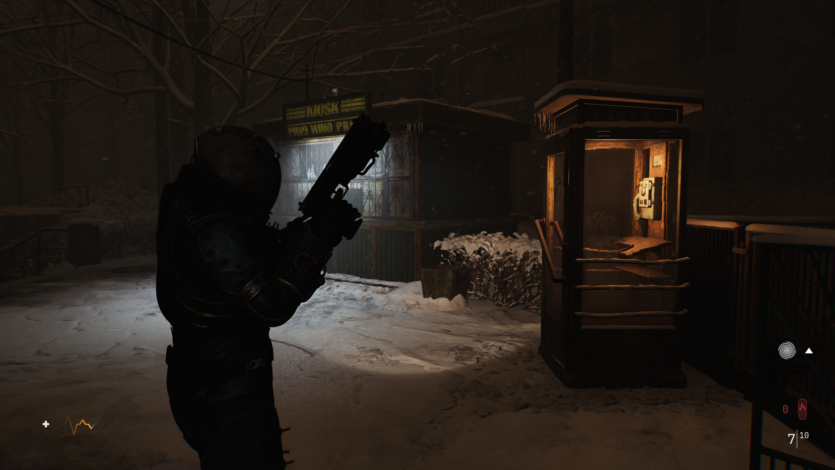
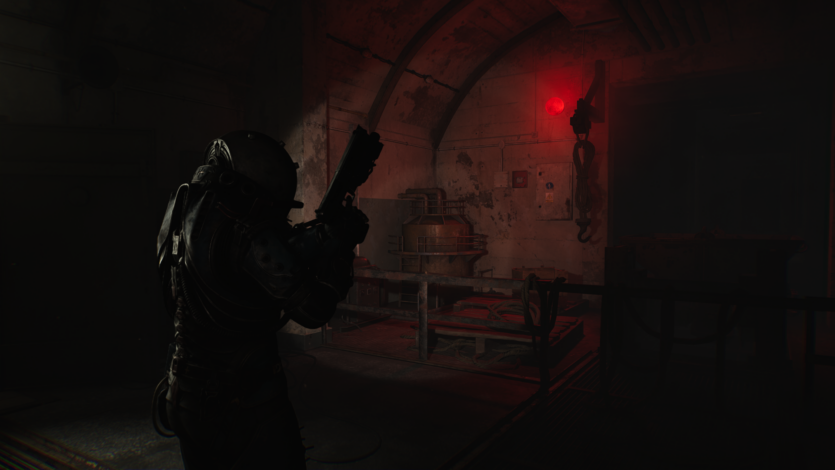
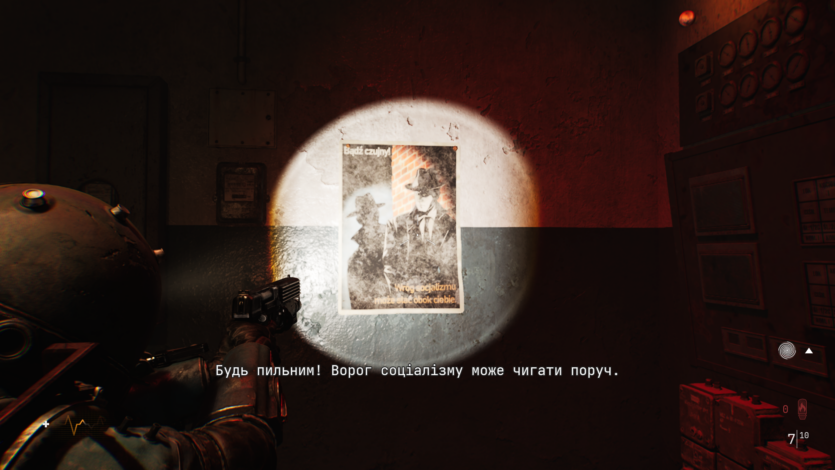

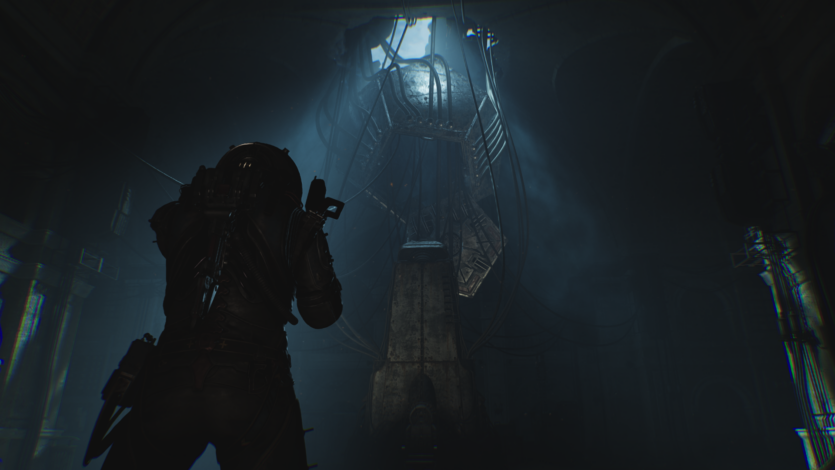
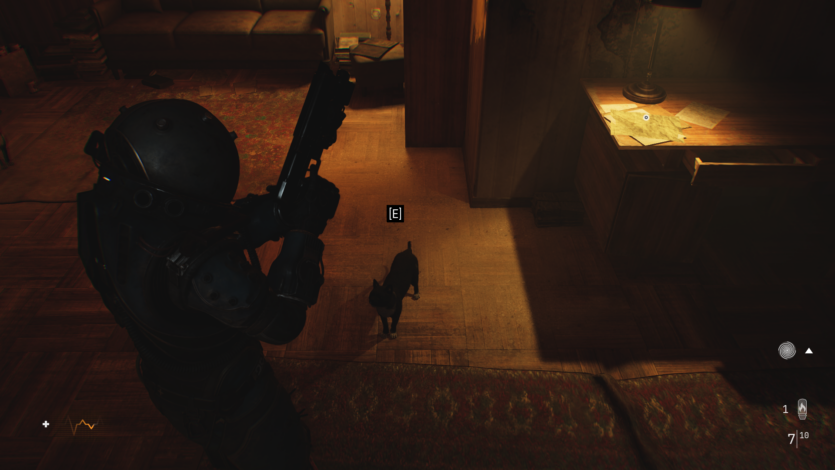
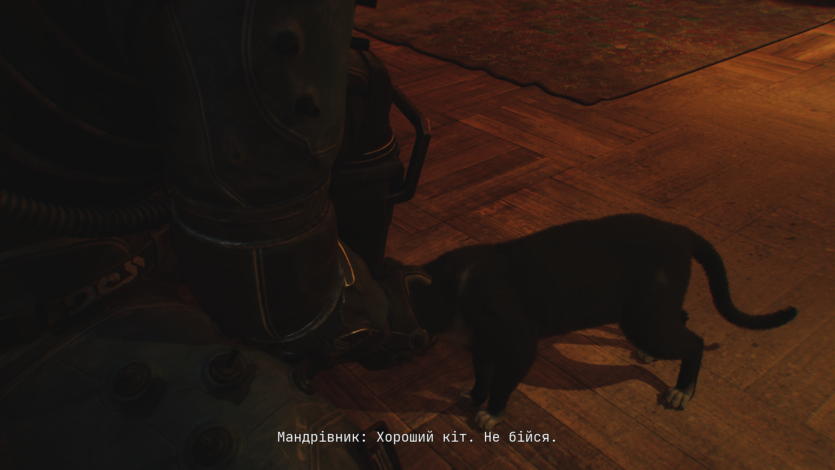
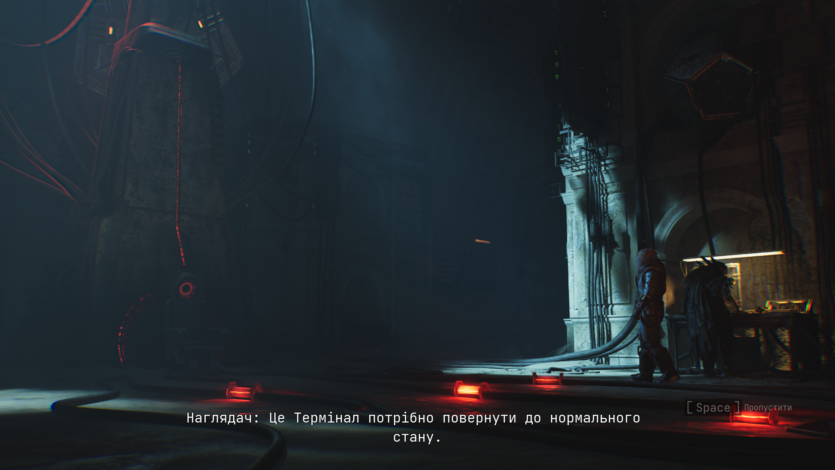
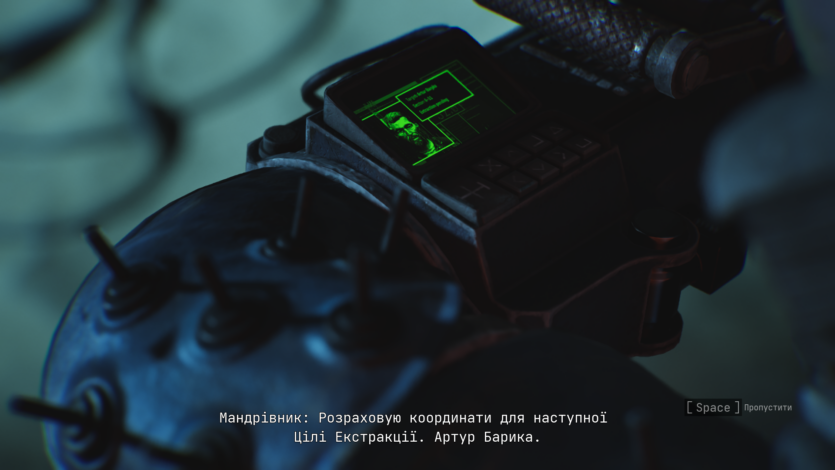
The enemy models are detailed, but with obvious compromises. Many of them look the same, as if they were cloned from a single bestiary without much imagination.
The animations evoke mixed feelings. On the one hand, they are deliberately slow. On the other hand, sometimes it seems that the character moves like a puppet, and the moment when he stumbles over a conventional pixel on the floor evokes more rage than fear. The balance between style and technical execution was not always found.
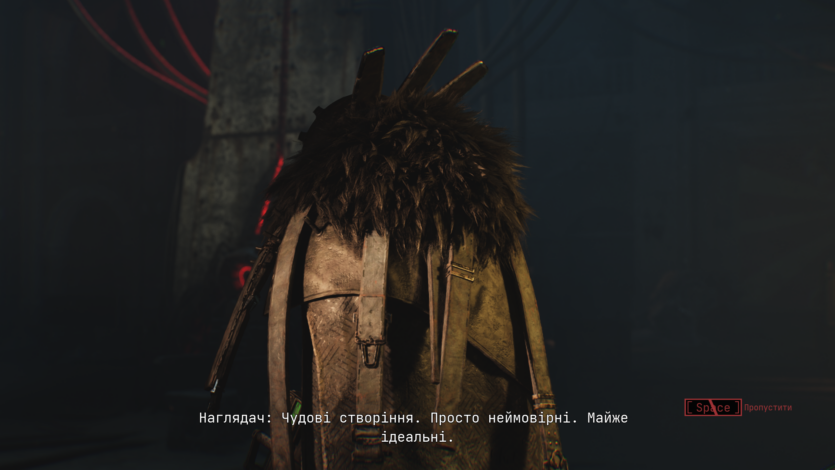
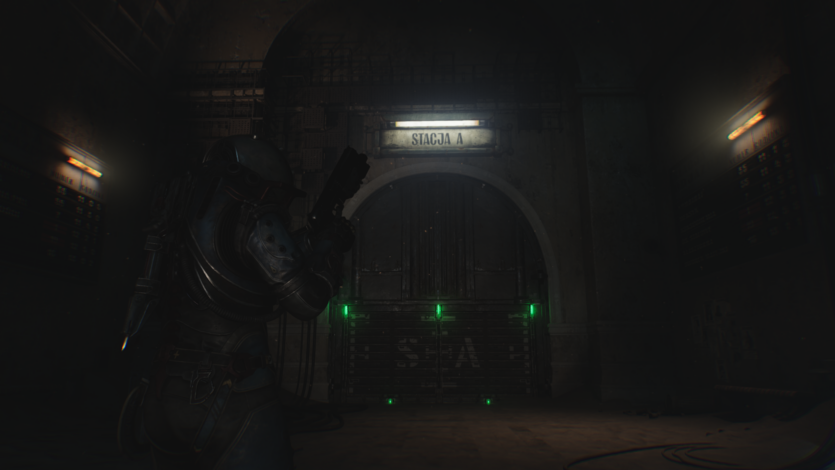
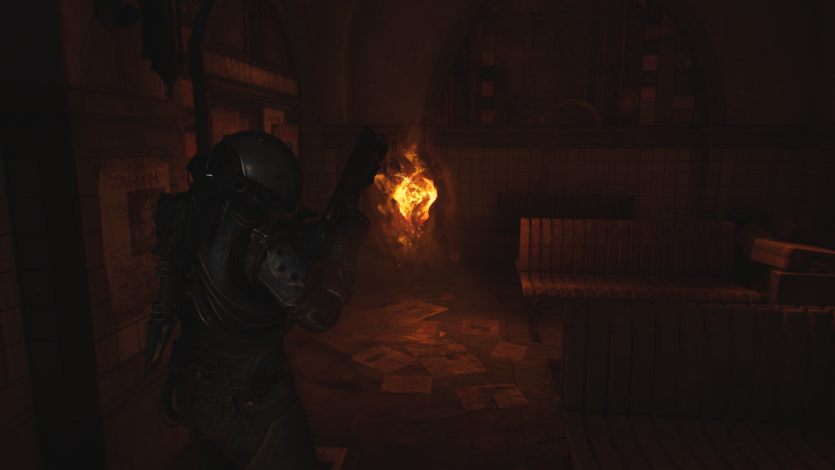
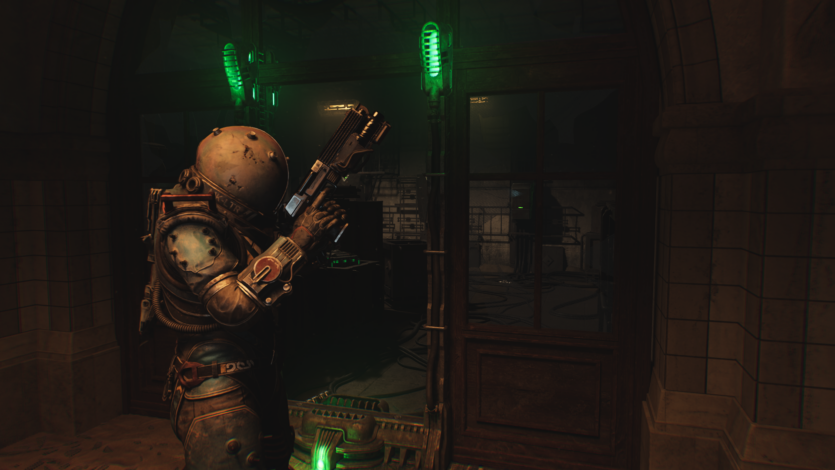
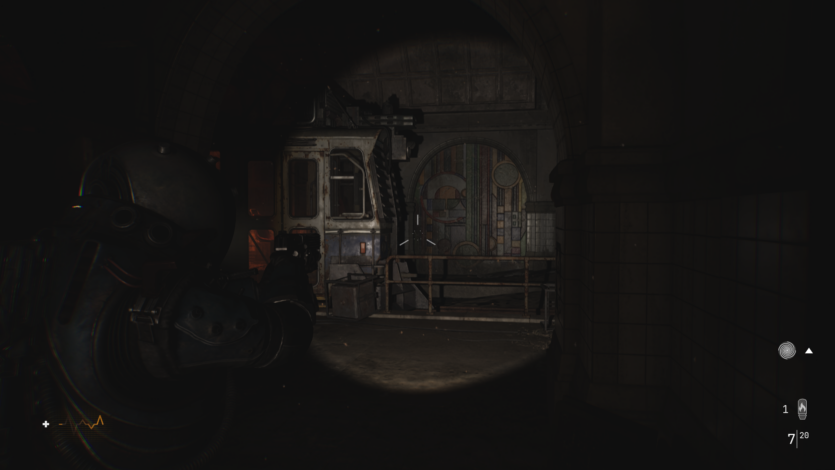

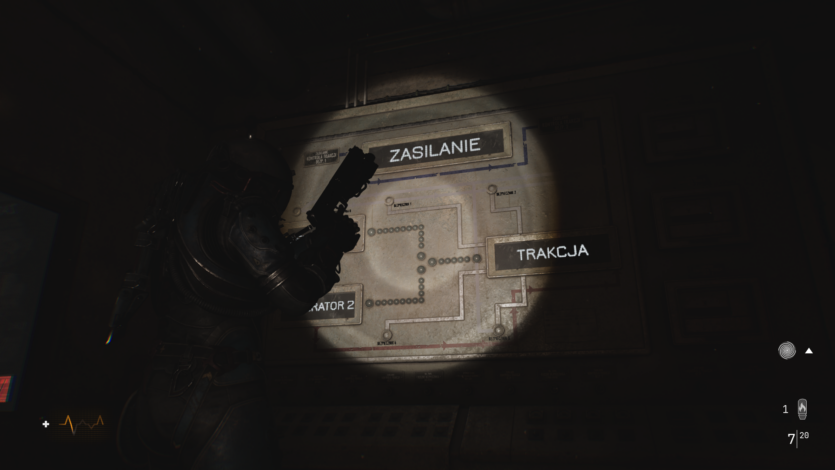
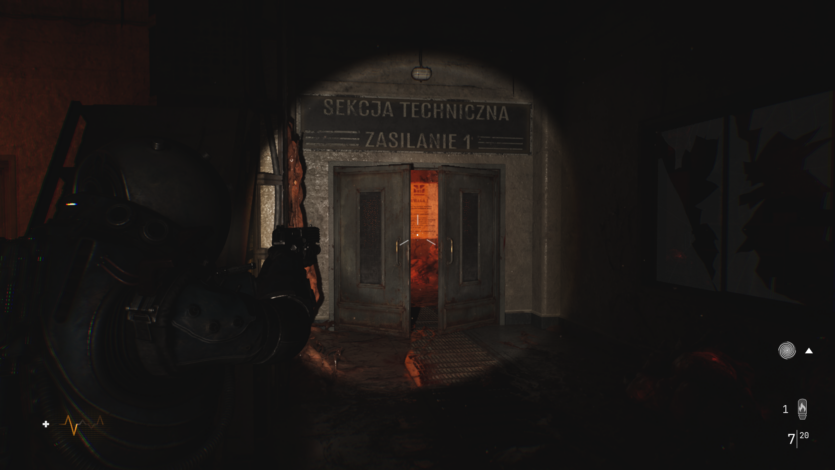
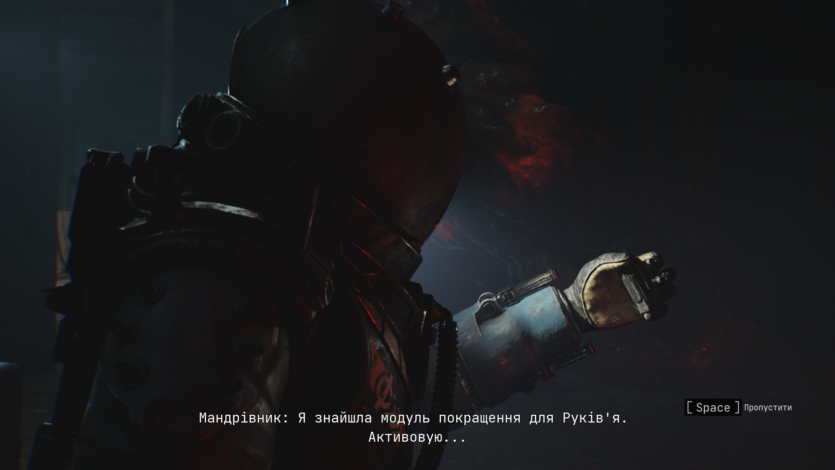
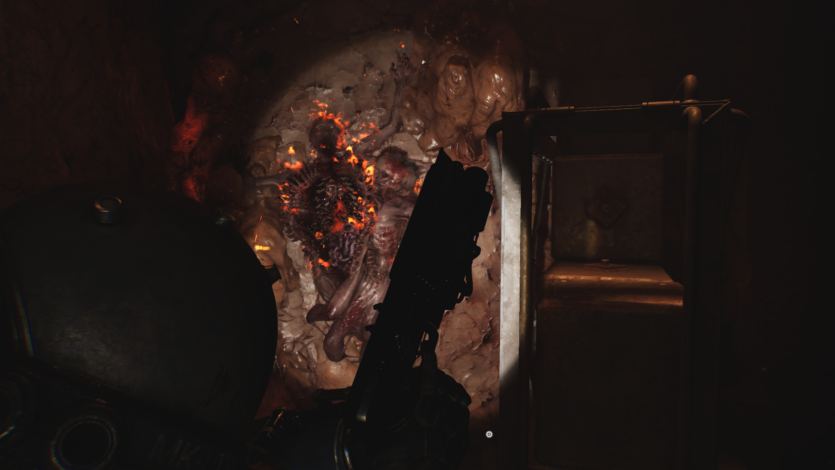
Lighting — one of the main characters of the game. It plays on the nerves better than any enemy model. Here, shadows slide across the walls, and a lamp that flashes a few times suddenly goes out. All this creates a feeling of real survival horror. At the same time, the technological effects are not up to the level of modern AAA, because in some places they lack volume, and the ray tracing that is enabled sometimes slows down even on medium configurations.
Optimization is a sore subject. The game doesn’t look like it requires a powerful system, but for some reason it likes to put a lot of strain on the processor and video card. The author of these lines played the game on a PC with an AMD Ryzen 5 7600 and MSI Nvidia GeForce RTX 5060 Ti 16GB. For those who like “honest” frames, it will be pleasant to play only at 1080p: 49-57 fps. But if you turn on frame generation, the gameplay becomes much smoother. There is also an option Multi Frame Generation for NVIDIA 50-series graphics cards. And this is a very cool boost for owners of gaming monitors with high refresh rates.

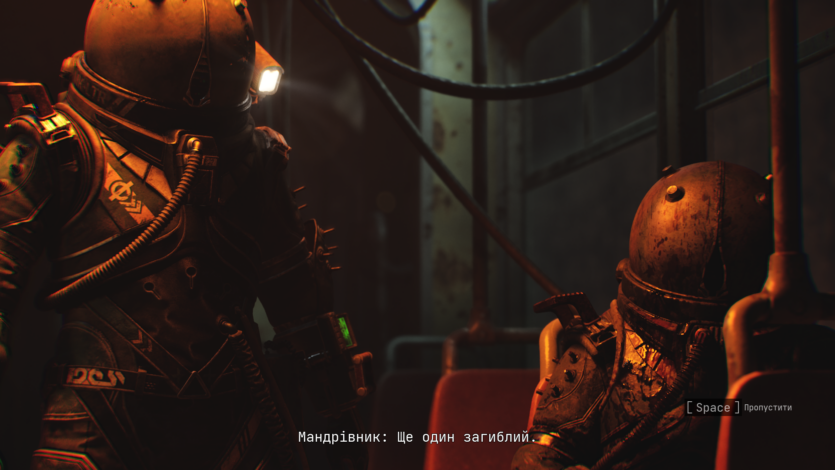
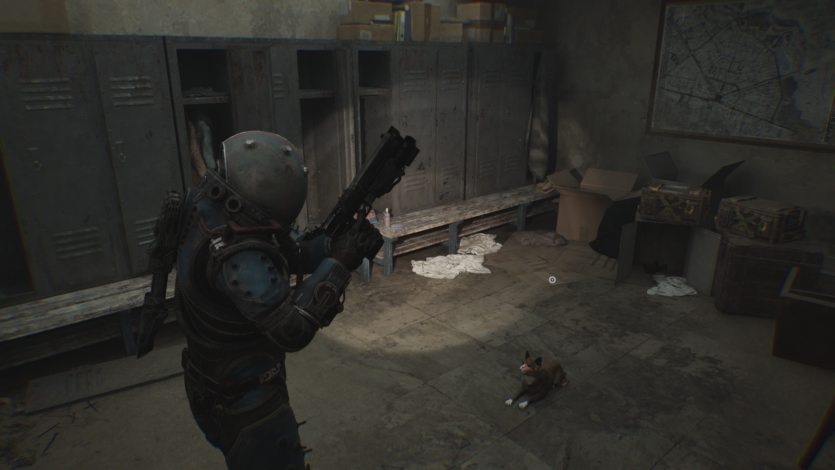
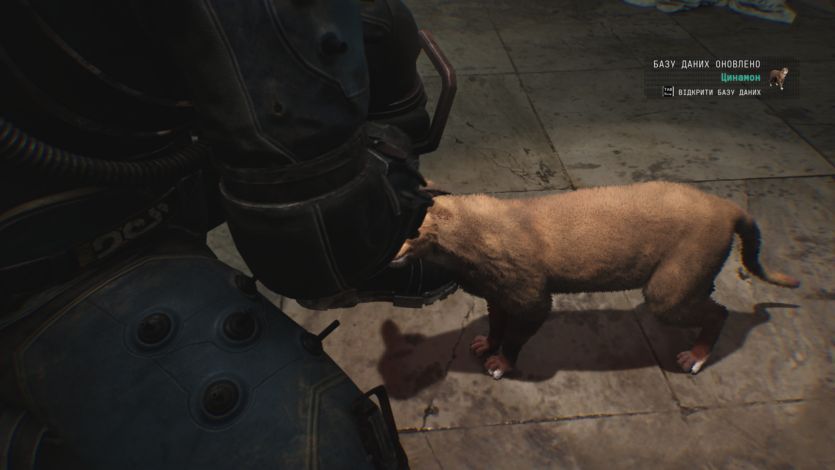
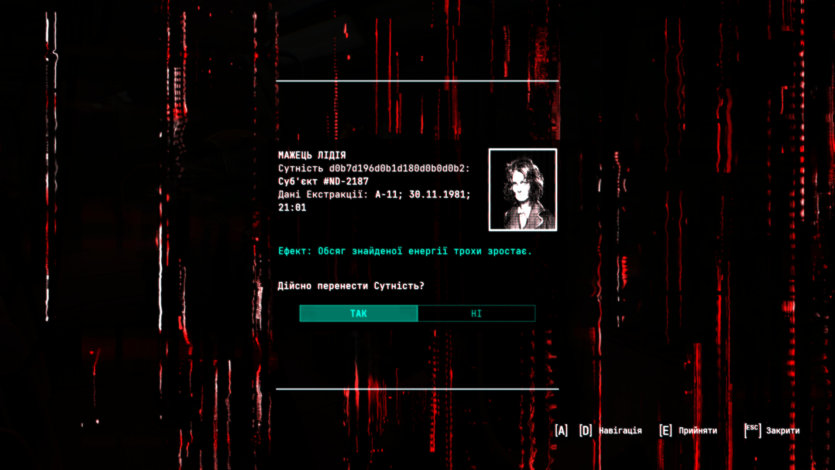
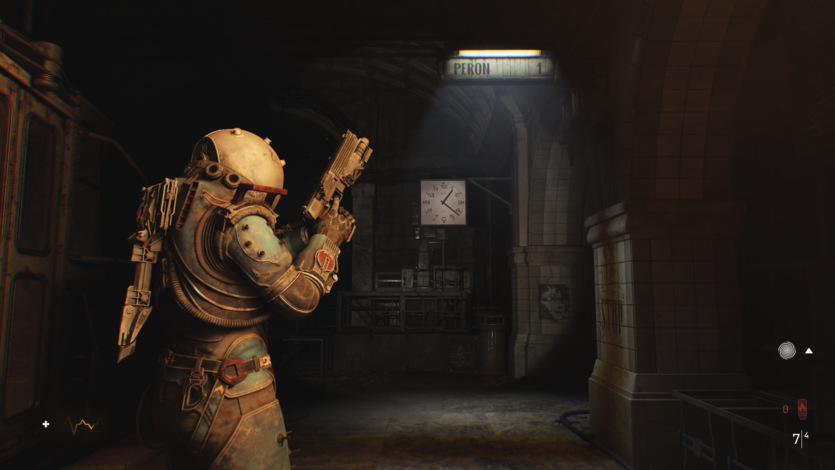
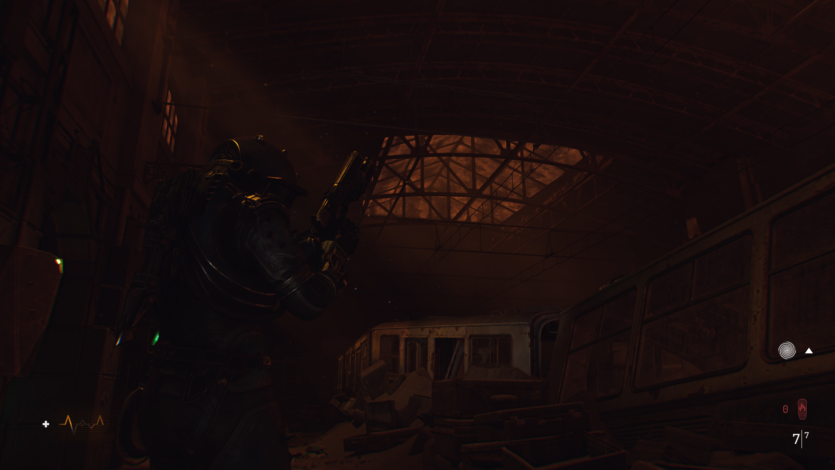
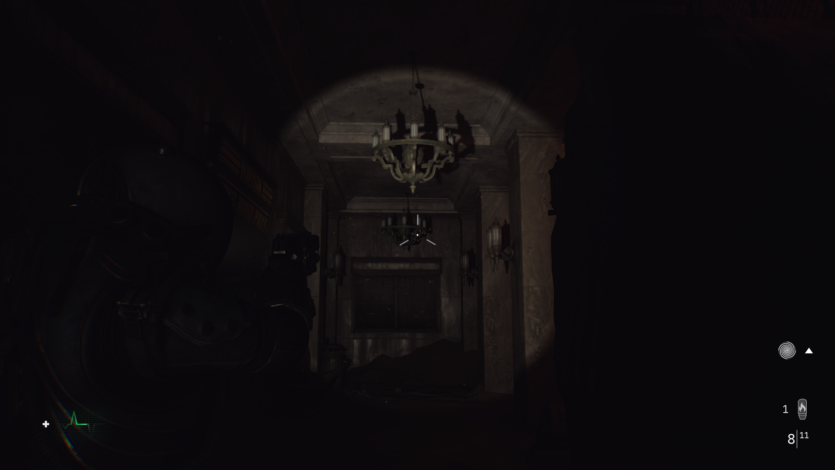
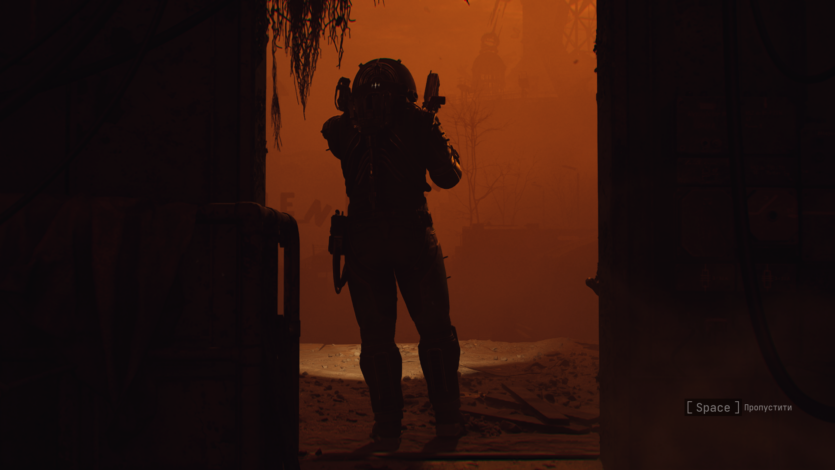

The audio design deserves a special mention. The rustle of footsteps in the dark, distant blows on metal, scraping behind the wall — all this works for the atmosphere even better than the picture. The soundtrack is not too intrusive, but it emphasizes the key points correctly. Here, the authors clearly understood that horror is often built not on what is seen, but on what is heard.
The visuals of Cronos: The New Dawn looks crude in technical terms, but atmospheric in artistic terms. It’s not a game that will be shown off at graphics exhibitions, but it knows how to get on your nerves with shadows, lamps, and the right sound. Optimization and bugs deserve a stone in the developers’ garden, and here there are no excuses.
Cronos: The New Dawn should be praised for its Ukrainian localization. Here we are talking not only about subtitles but also about a full menu and descriptions of items. Everything is done with high quality, without a machine-like flavor. The translation sounds natural. The notes and diaries look especially good, as their style conveys the right level of anxiety and psychological tension, and some wording even adds a bit of its own flavor to the game.
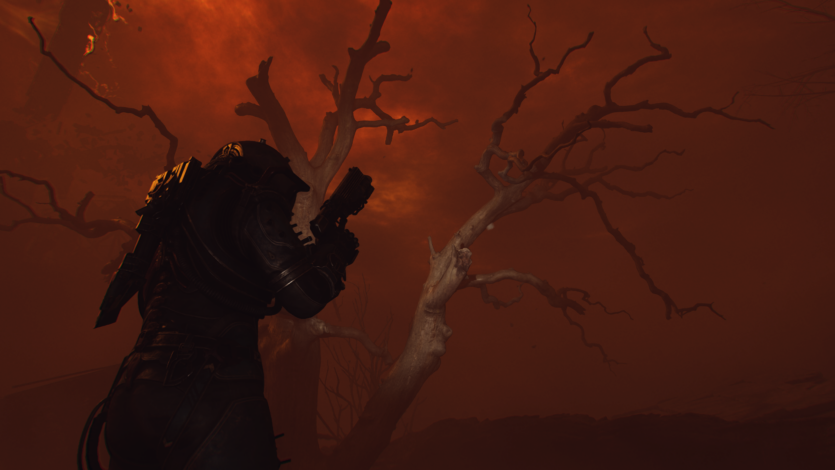
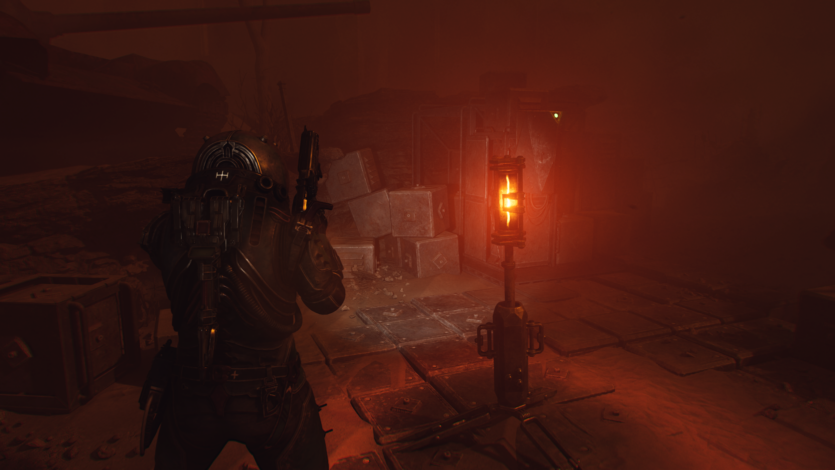
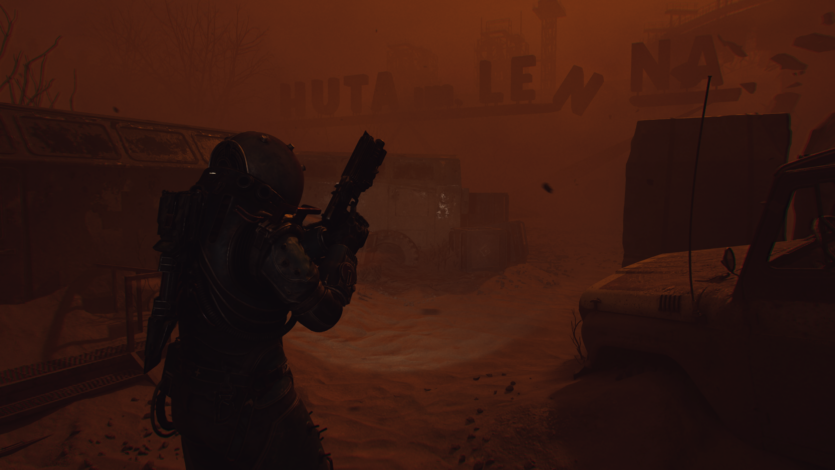
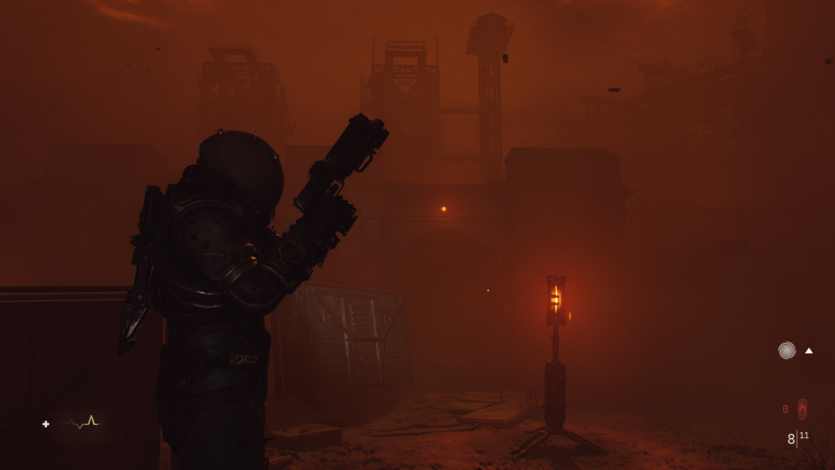
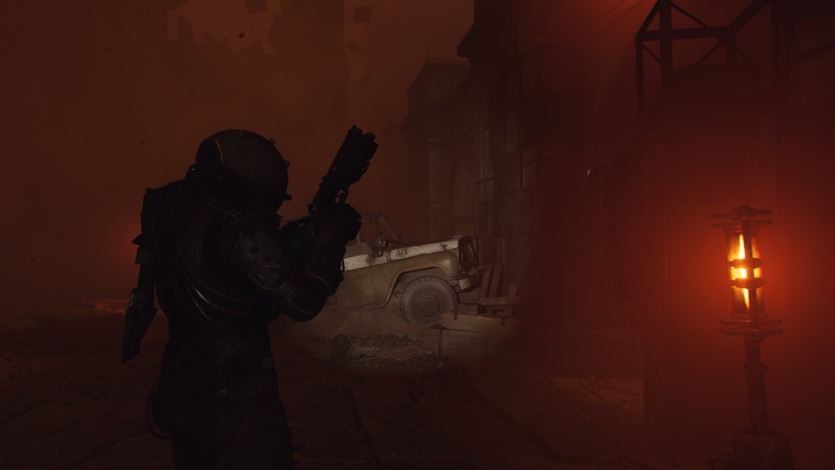
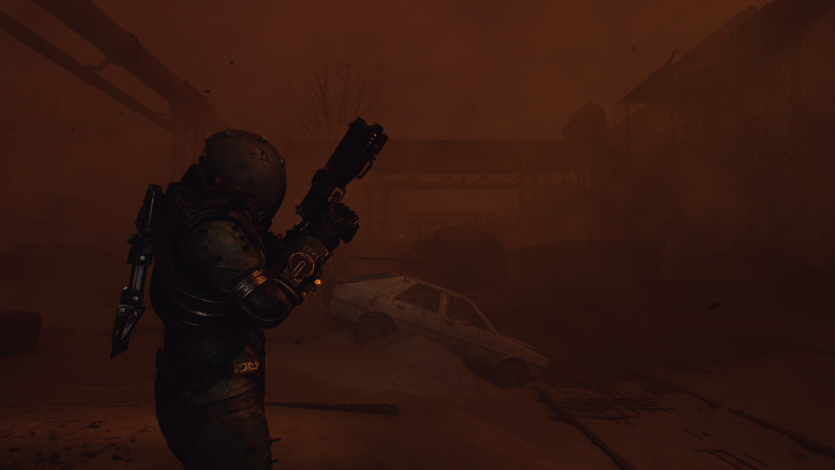
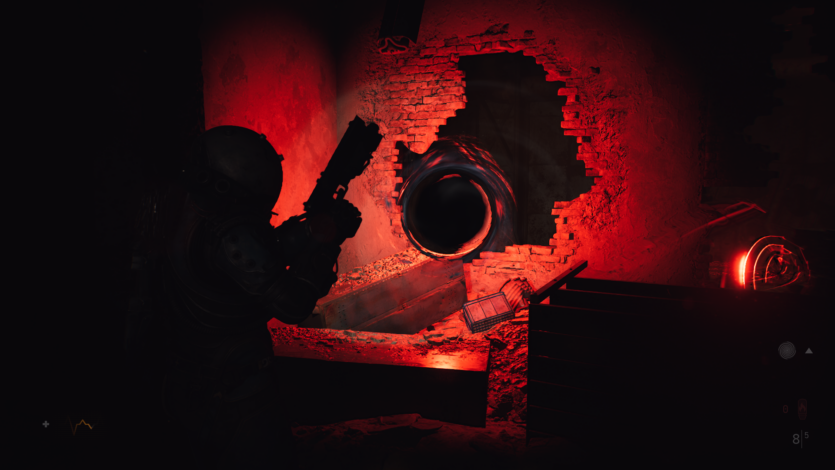
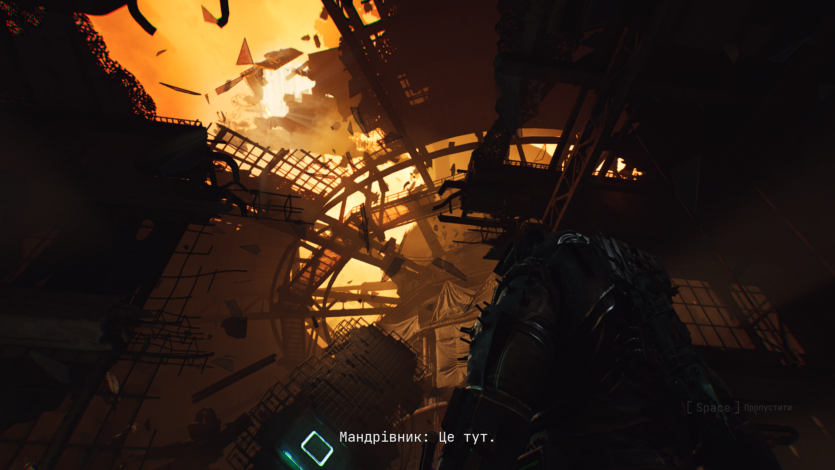


There is no Ukrainian voice acting, and this is probably not a case where it would be critically necessary: the horror works much better with the original voices, and the subtitles are enough for full immersion. More importantly, the game allows you to erase the language barrier from the very first days, and this is a gesture of respect for the audience that I would like to mention separately.
Comparison with other games and identity crisis Cronos: The New Dawn
In the case of Cronos: The New Dawn, it’s not even what it does that’s interesting, but how players and critics try to explain it. The game has been dubbed the “new Silent Hill,” some have seen shadows of Resident Evil 4 in it, and some have even called it the “indie version of Dead Space.” And each of these comparisons has a grain of truth, but also an exaggeration that only emphasizes the identity crisis of this project.
There is indeed something in common with Silent Hill, and it’s primarily in the pacing and psychological tension. An atmosphere of constant discomfort, shadows that are more frightening than enemies, and plot hints (albeit very superficial) about the character’s internal struggle. However, Cronos lacks the surreal symbolism that Team Silent was famous for. There was a metaphor behind every enemy, while here the monsters are more functional — they are a threat, not the embodiment of the hero’s personal demons.
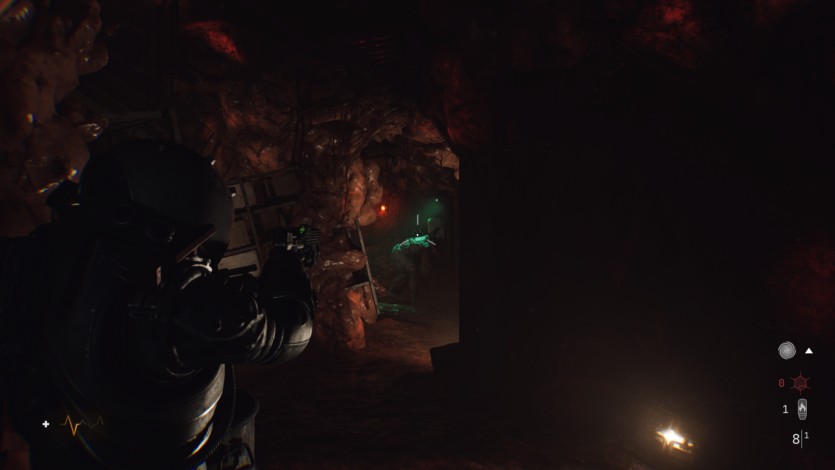
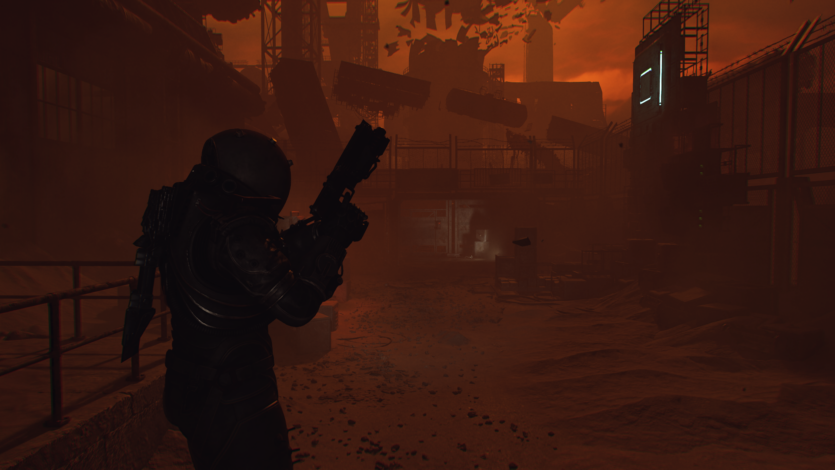
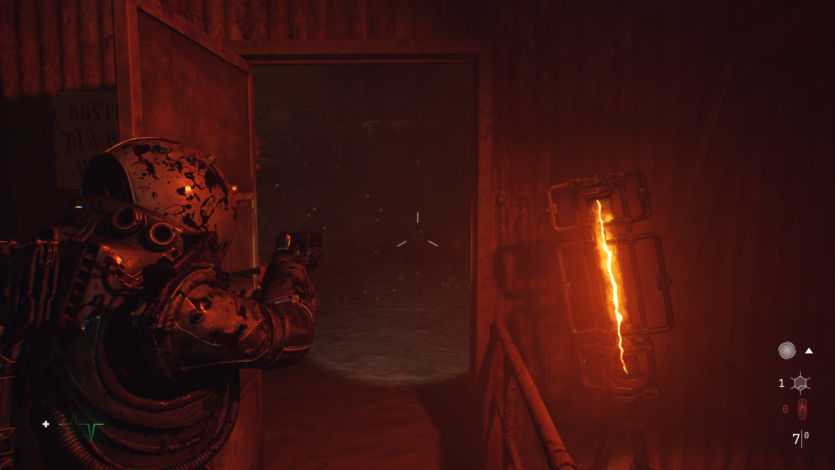
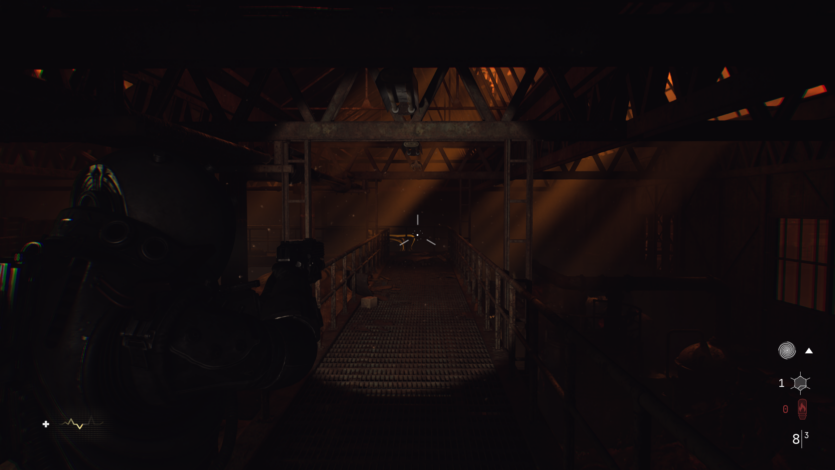
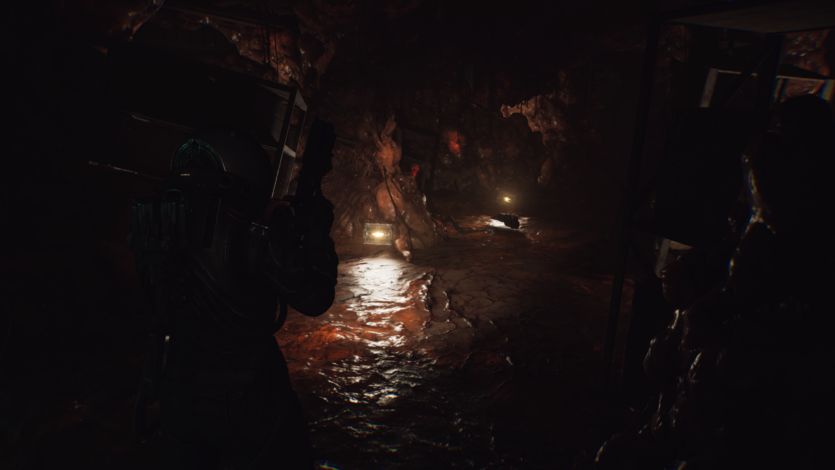
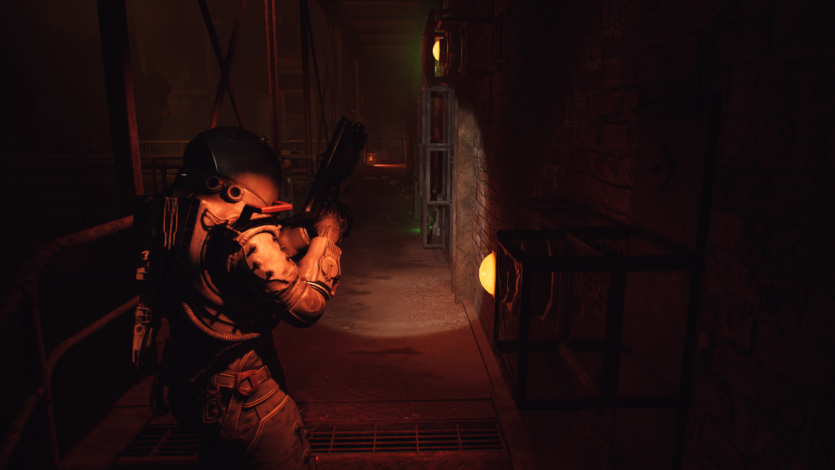
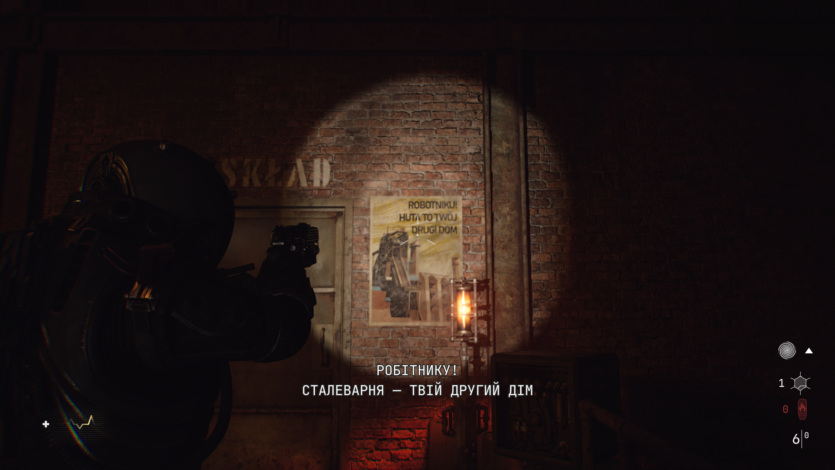
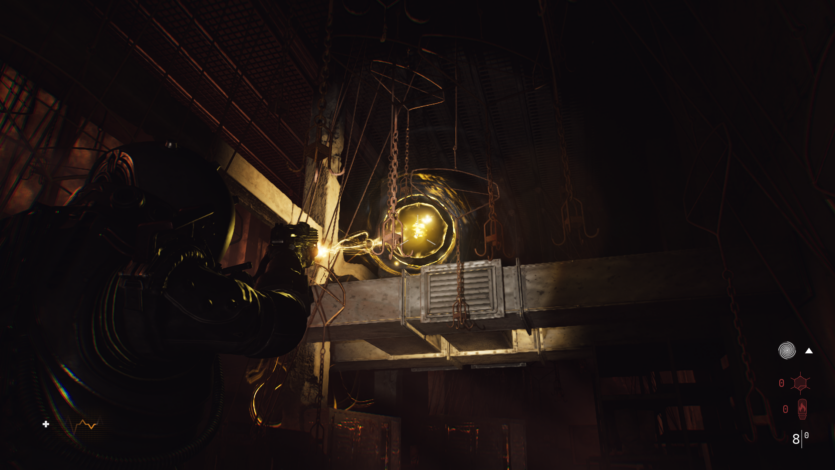

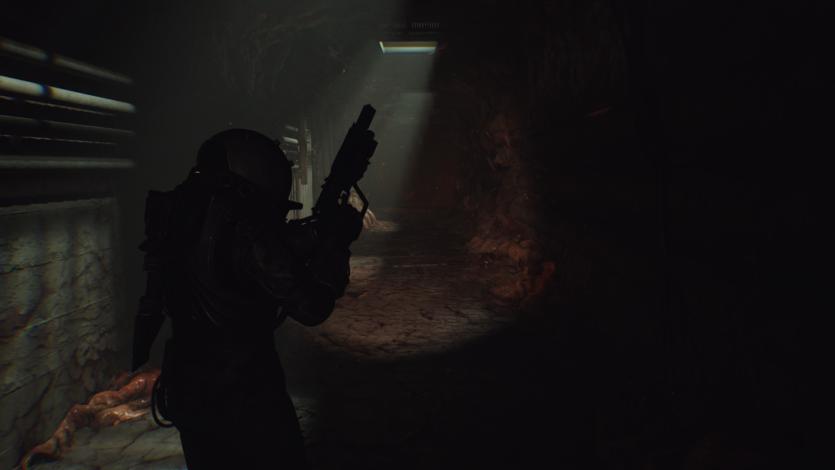
Comparisons with Resident Evil 4 arise because of the system of limited resources, the chamber setting and the heavy combat, where bullets are always worth their weight in gold. But in RE4, this was complemented by more dynamic gameplay and precise action direction. In Cronos, everything moves more slowly, with an emphasis on tension rather than spectacle.
But the parallels with Dead Space are most noticeable in the theme of isolation and sci-fi surroundings. Dark corridors, technical rooms, sounds of systems that continue to work after the death of people. All of this is very “dead-space-space”. If Dead Space scared you with its cosmic hopelessness, here you are suffocated by the rotten post-Soviet spirit of abandoned high-rise buildings, factories and hospitals.
It’s interesting to draw a parallel between Cronos: The New Dawn and The Callisto Protocol, which tried to become the successor to Dead Space but turned out to be more of a techno-demo than a full-fledged horror.
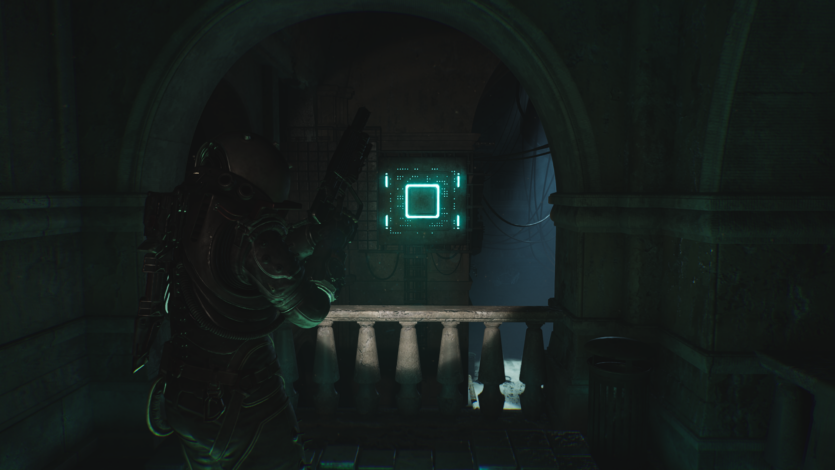
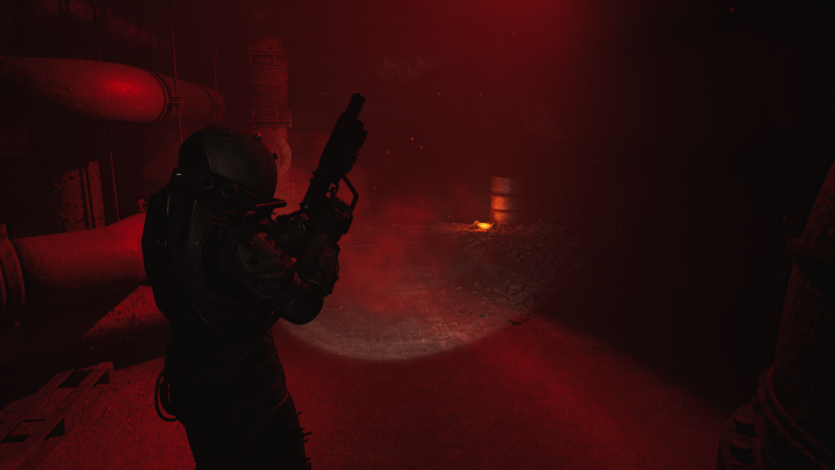

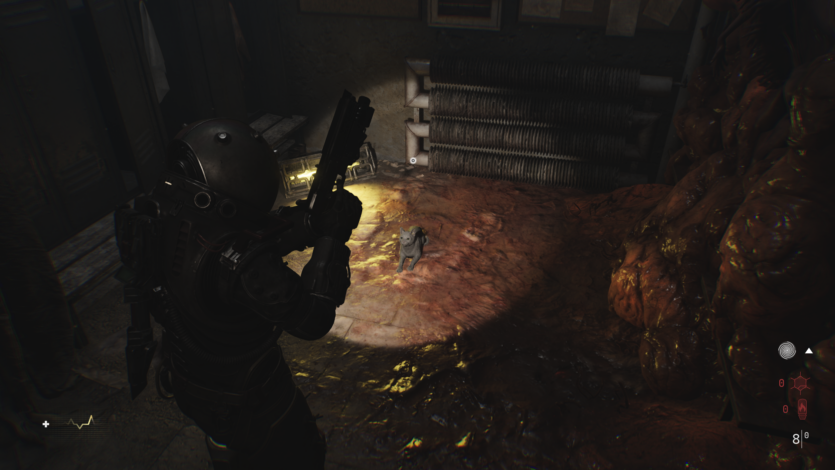
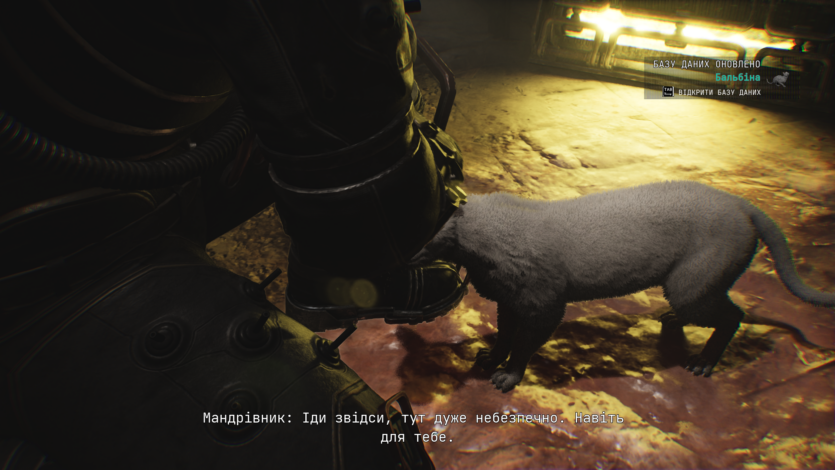
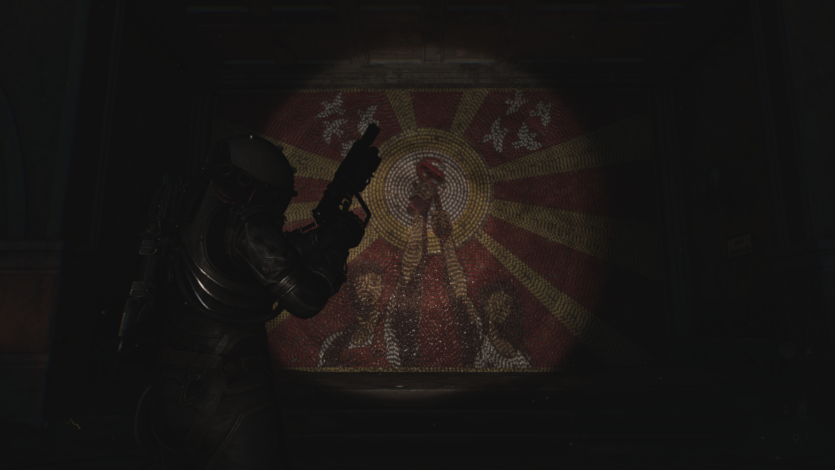
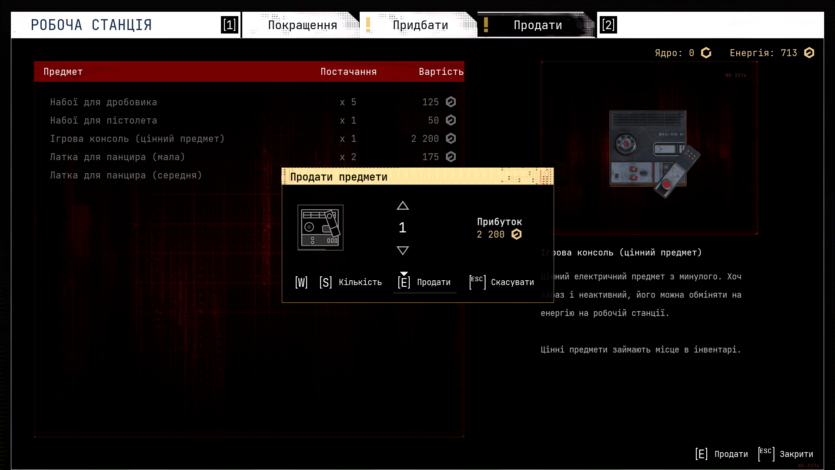
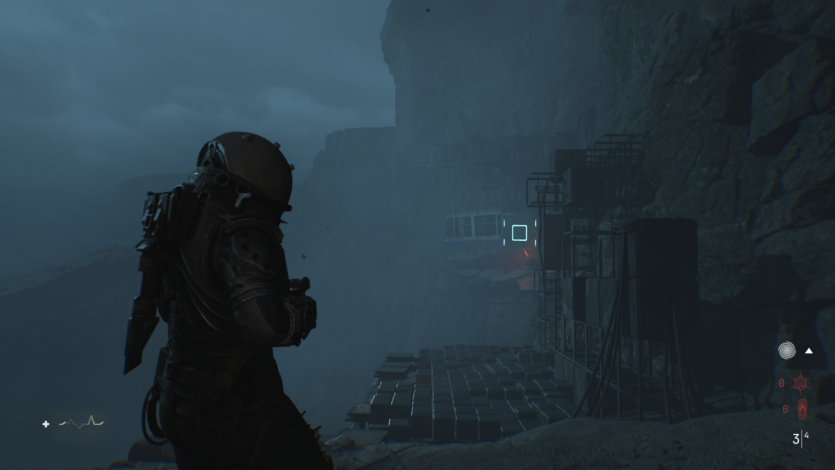
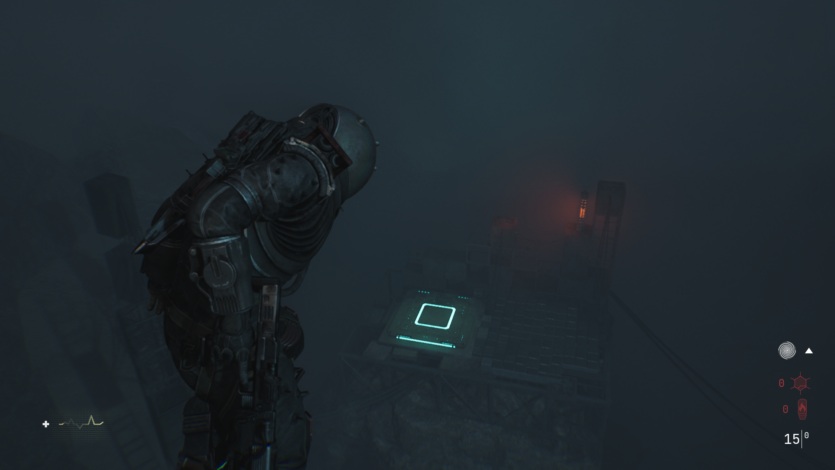
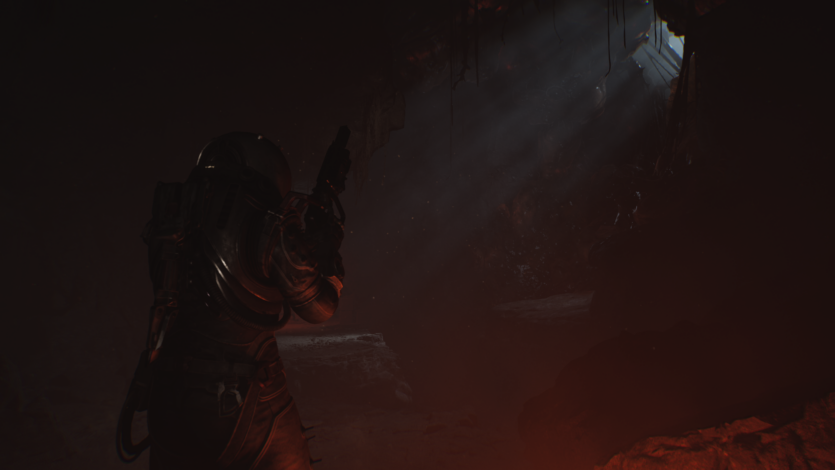
Now for another lost “relative” called Atomfall by Rebellion, which even before its release was dubbed either the British S.T.A.L.K.E.R. or an alternative Fallout. In fact, the parallel with Cronos is obvious: when a game is released in the survival-horror or post-apocalyptic genre, critics, and players immediately try to attribute it to the “big family”. In other words — to explain what it is, we have to use analogies.
In the case of Atomfall, this creates a strange identity crisis: players expect either an open world like Fallout or atmospheric tension like S.T.A.L.K.E.R. As a result, the game can remain somewhere in the middle and disappoint both groups. Cronos also suffers from a similar problem, but it doesn’t actually try to be either of them. And that’s why it feels like it’s hard to find its own style.
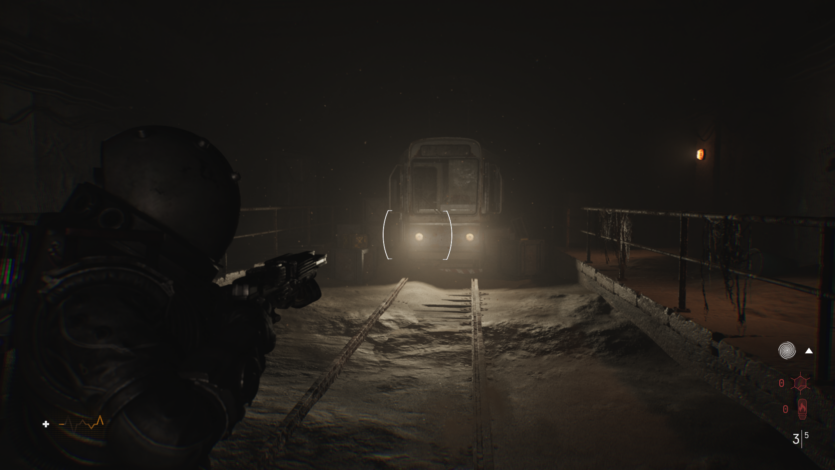
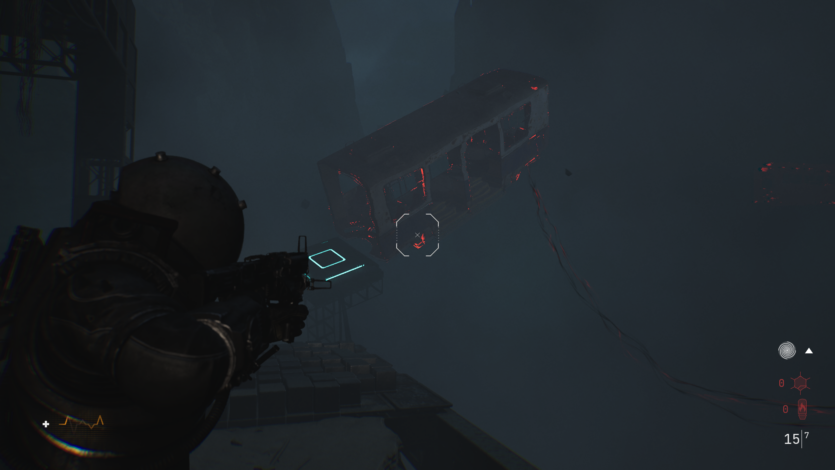
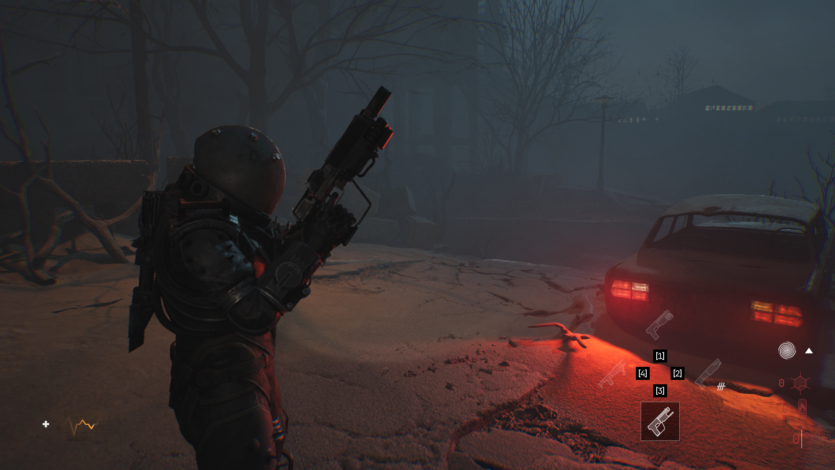
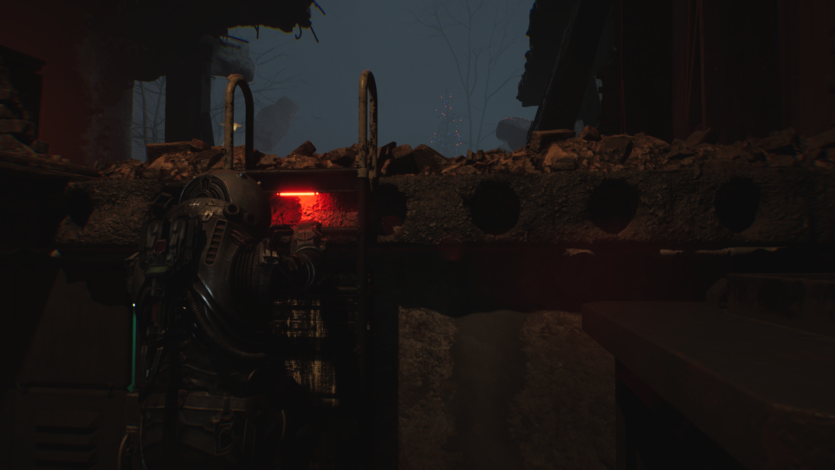
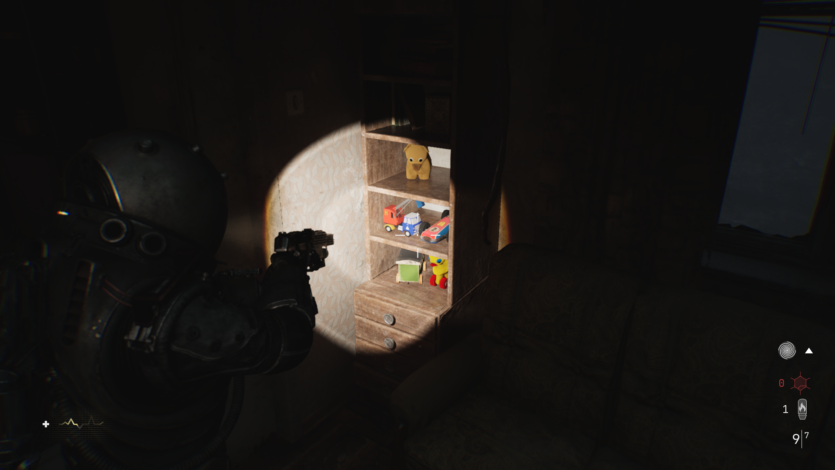
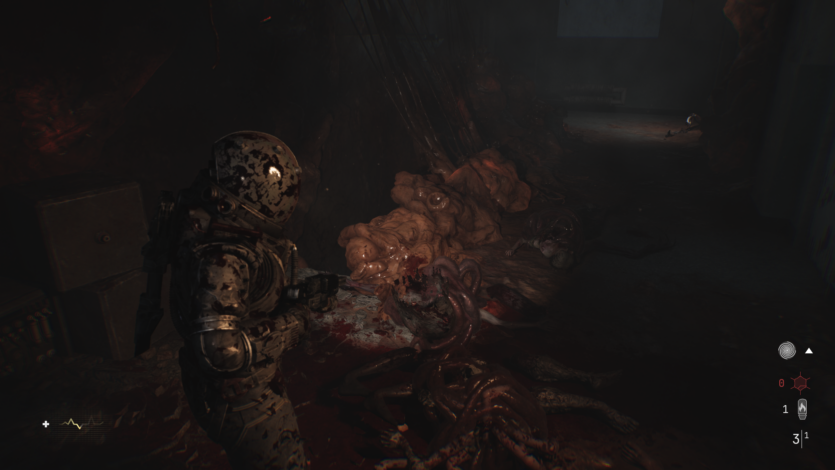
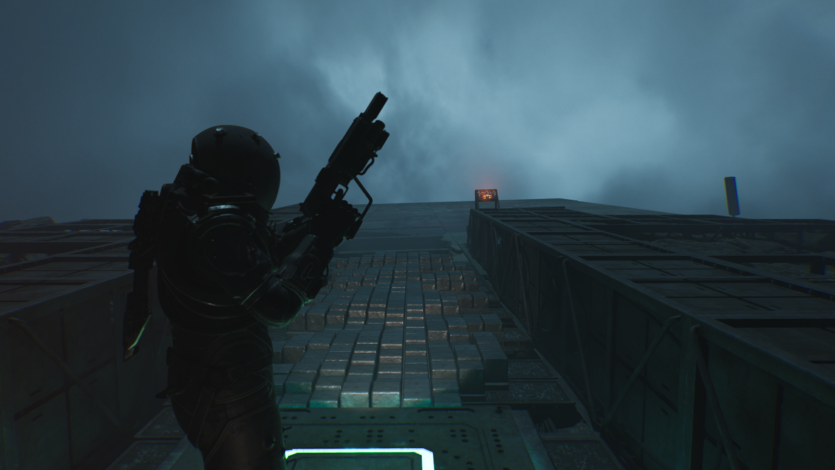
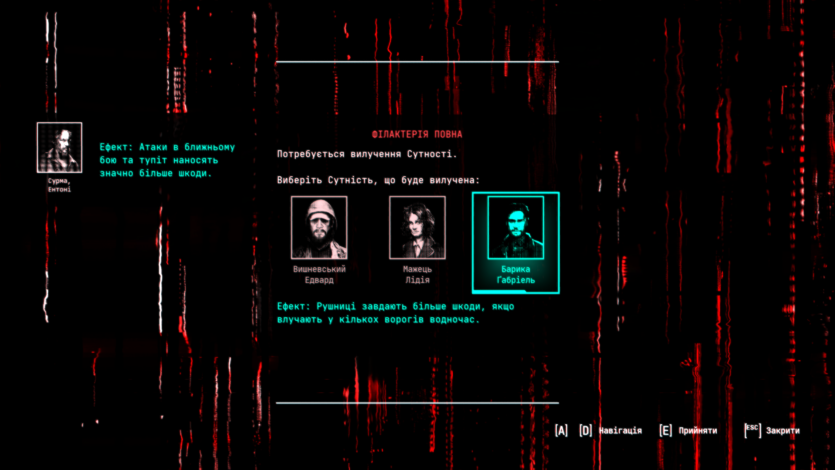
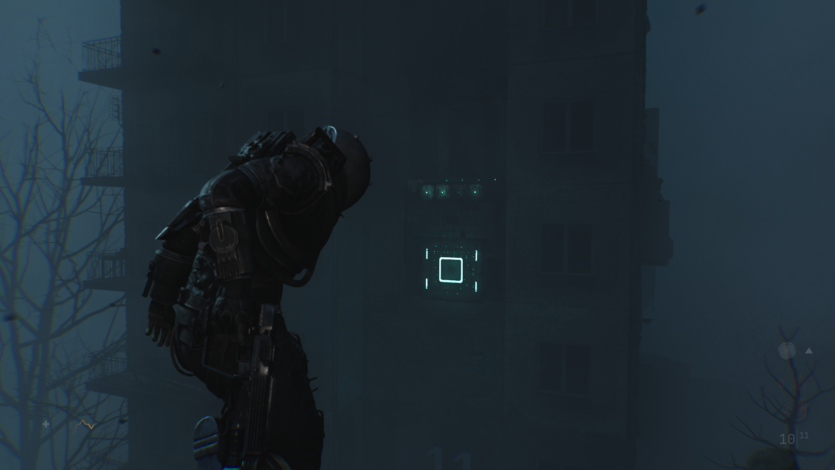
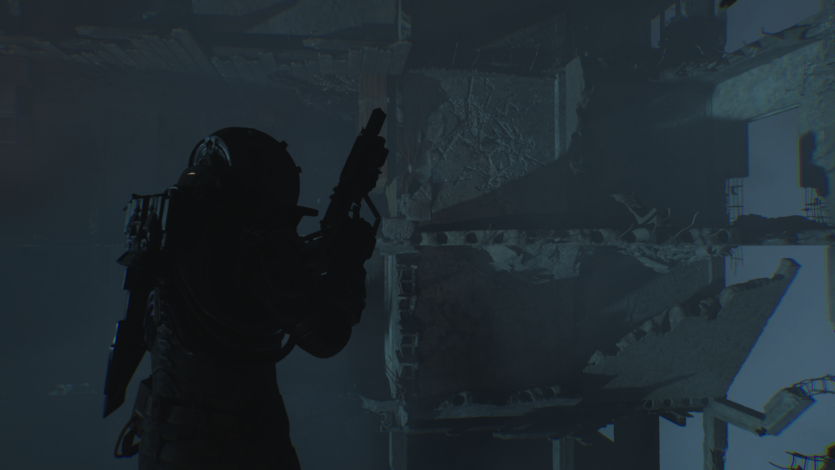
Or, for example, a GOTY nominee Clair Obscur: Expedition 33 builds its pathos on community — the group is on its last hike, and every step is imbued with a sense of brotherhood before the end. Each victim here is part of the bigger picture, and the character is not in a vacuum but in a web of human stories that burn in a common ritual.
Cronos: The New Dawn tells the player: “You’re on your own.” There’s no shoulder to lean on, no sense of being supported by a group. There is only one bizarre character whose motives become clear in the first minutes of meeting him. There are only cold corridors, fragments of notes, and the realization that your predecessors were similarly lonely travelers. There is power in this, because personal choice gains weight, because it is not a collective sacrifice, but your decision and your responsibility.
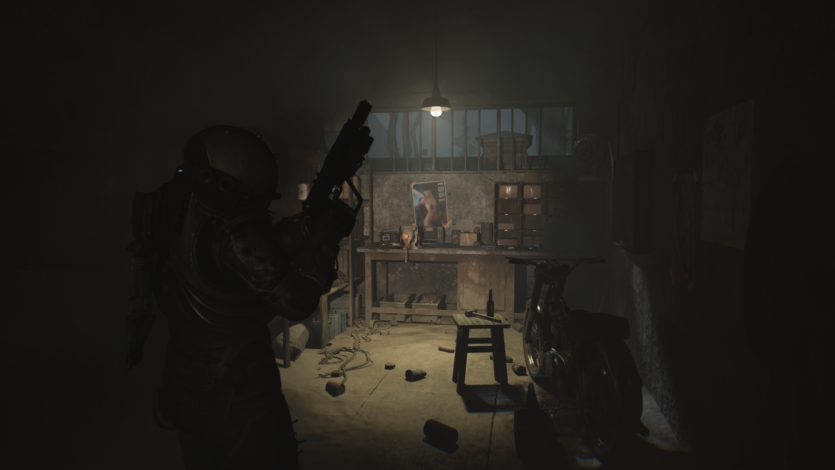

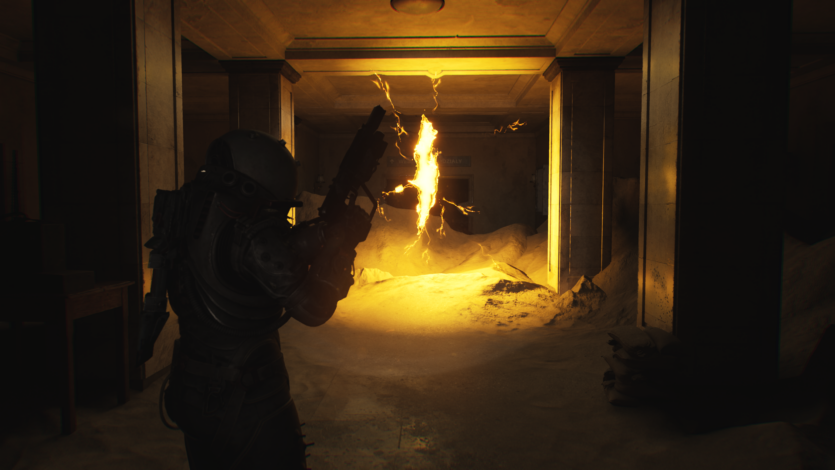
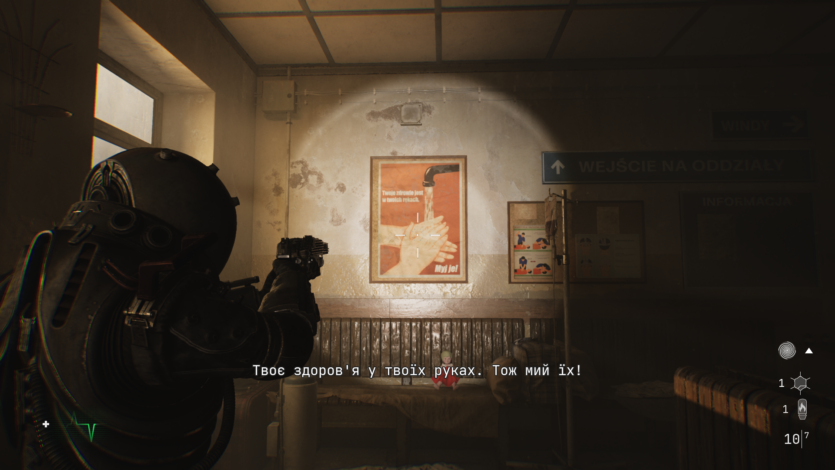
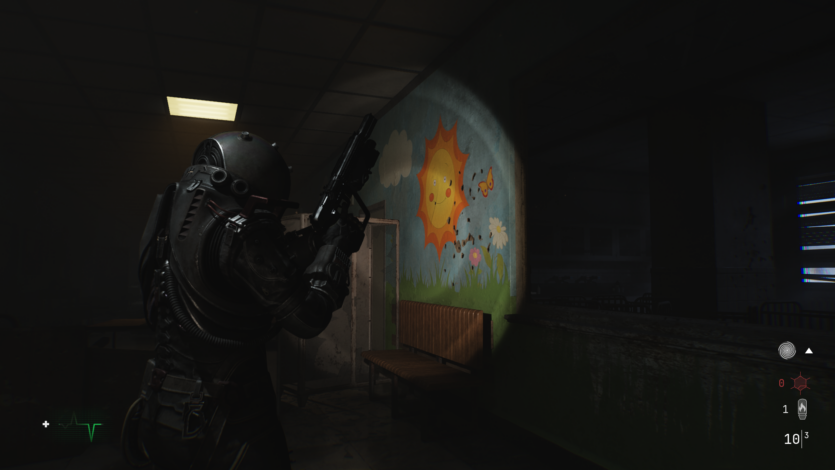
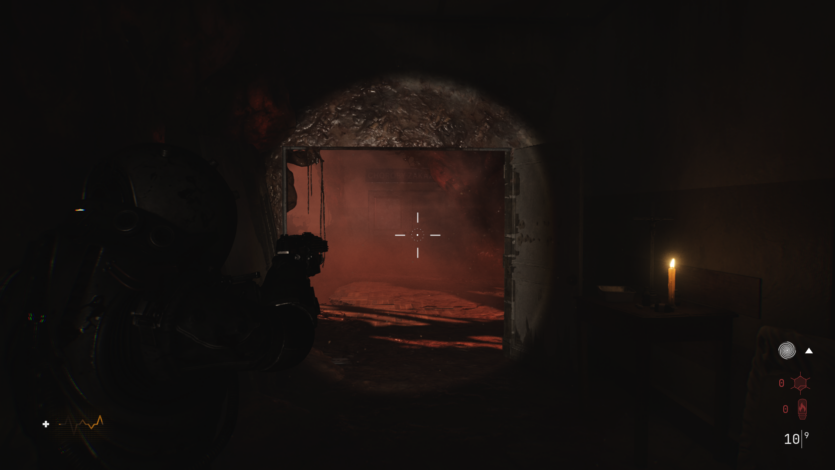
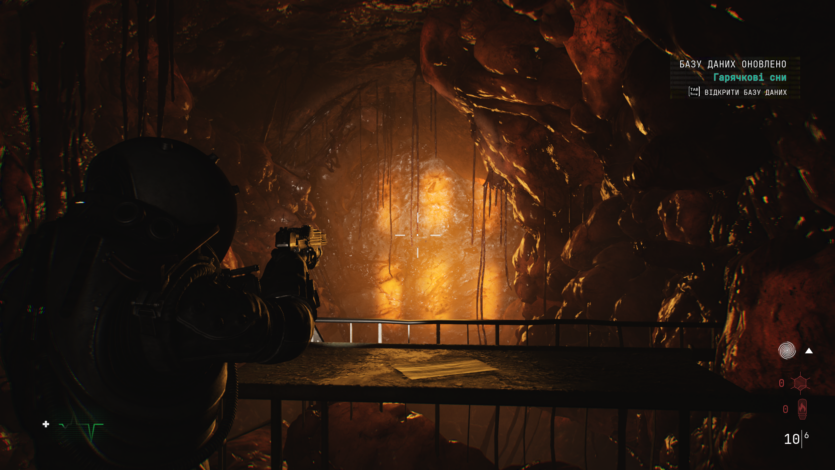

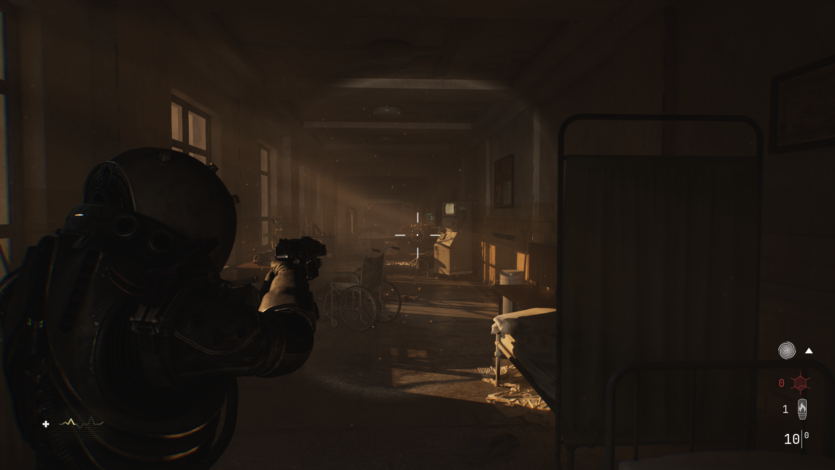
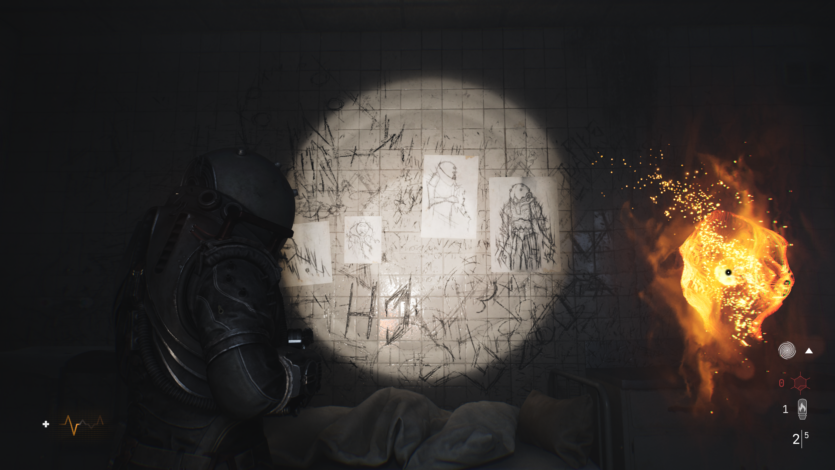
Such projects seem to exist between the famous series, but do not have the courage to declare: “I — am self-sufficient”. Cronos is close to this point, but it hasn’t reached it yet. The irony is that this very blurring sometimes makes it attractive: it’s a little bit Silent Hill, a little bit Resident Evil, and a little bit Dead Space, and it’s a hybrid for those who missed them all at once.
Prisec of Cronos: The New Dawn
Cronos: The New Dawn was released on September 5, 2025 on all key platforms at once: Windows, macOS, PlayStation 5, Xbox Series X|S, and Nintendo Switch 2. The developers clearly relied on the maximum audience reach.
In Steam for the Ukrainian region The basic edition costs 1599 UAH. It’s not a budget price, but it’s also far from the shocking price we often see for AAA projects. The Deluxe Edition will cost 1899 UAH and adds a digital artbook, soundtrack, and several Traveler skins as well as additional resources (energy, core, and ammo) at the beginning of the game. If the difference of three hundred hryvnias is not critical for you, then the option with bonuses looks logical — at least for the soundtrack, which is really atmospheric.
The price for PlayStation 5 and Xbox Series X|S remains at 1799 UAH and 1600 UAH, respectively. Nintendo Switch 2 has received its own optimized version, but, as expected, with minor compromises in graphics. However, the opportunity to immerse yourself in the gloomy world of Cronos in a portable is an argument for those who are used to playing on the go.

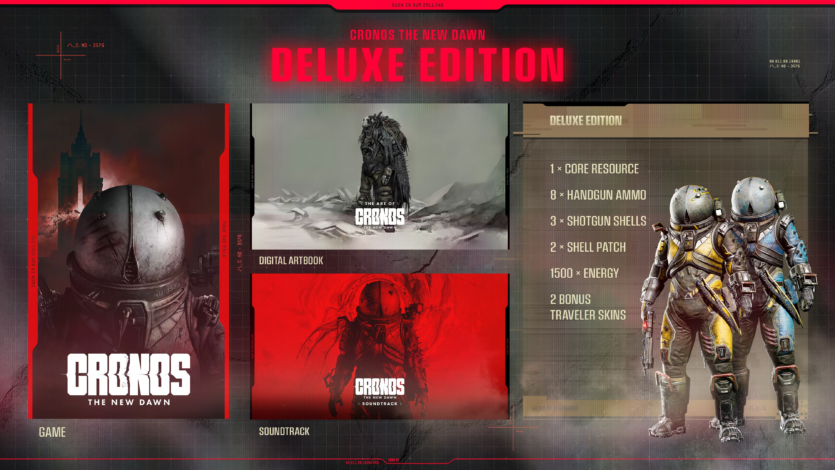
Spelling error report
The following text will be sent to our editors: